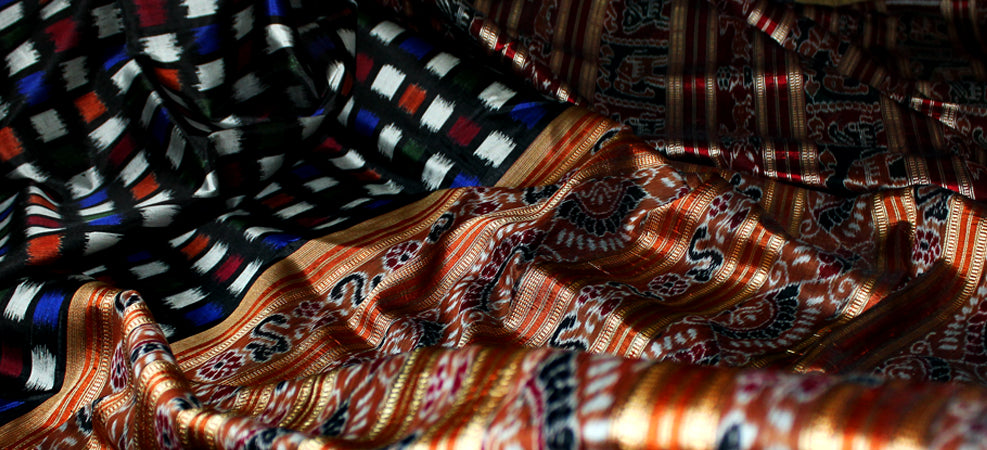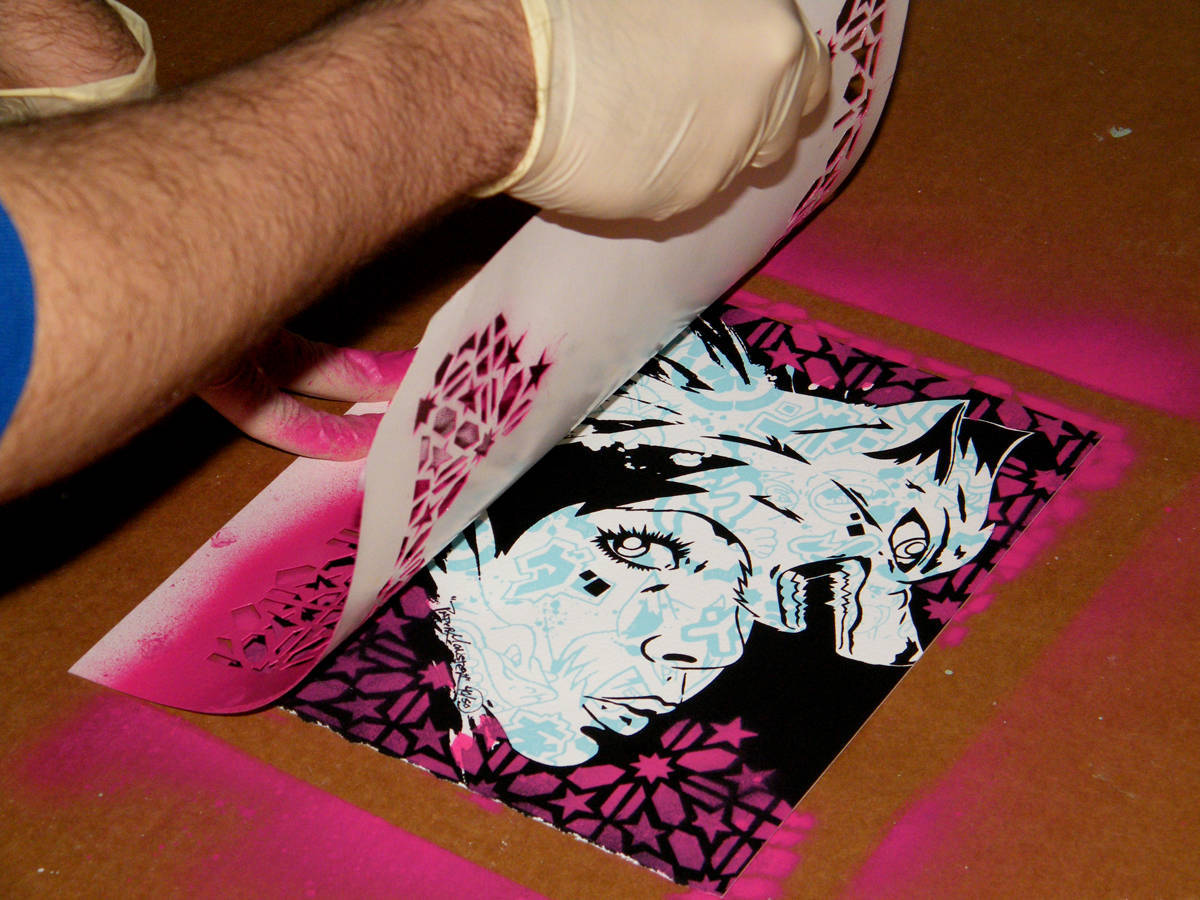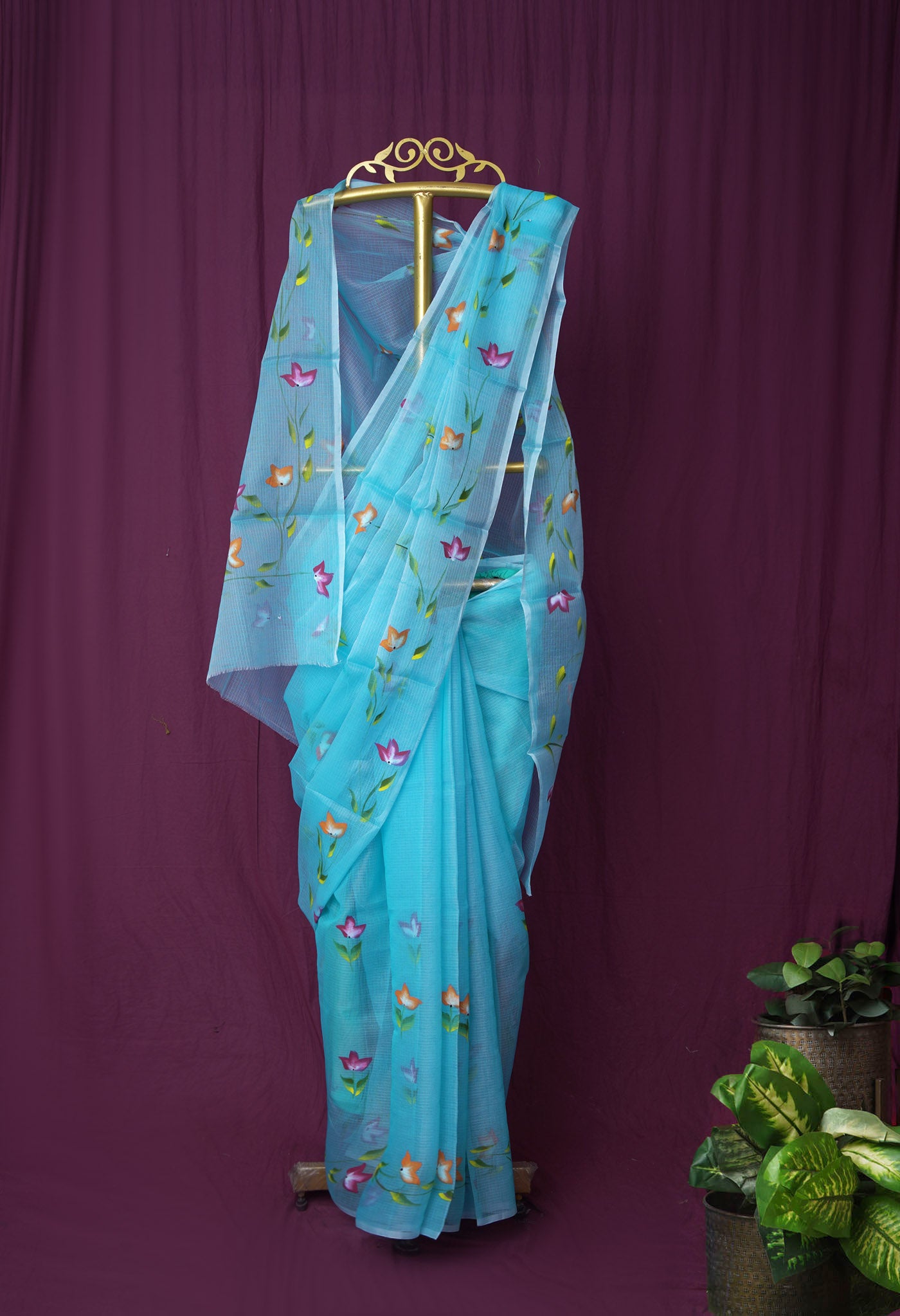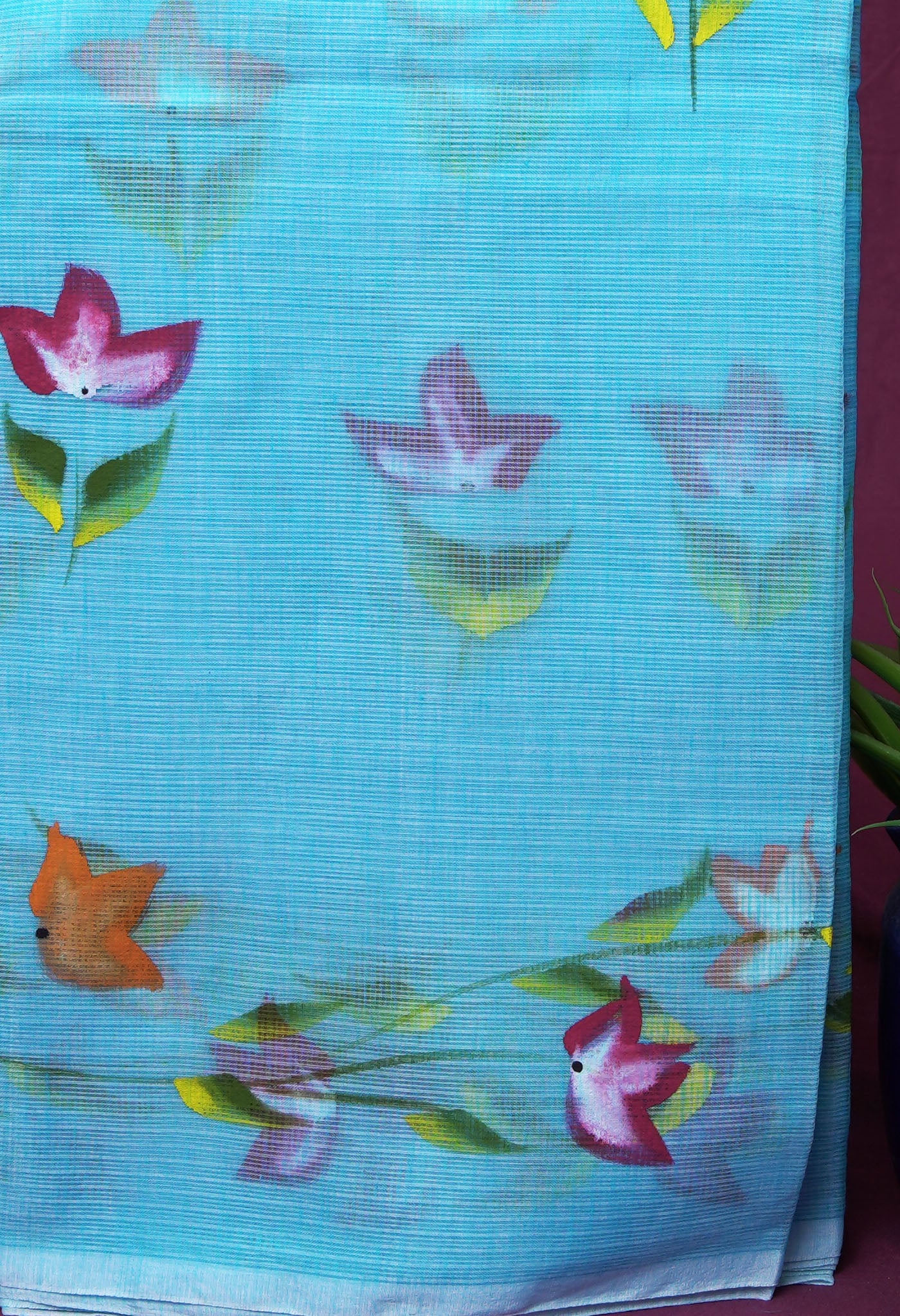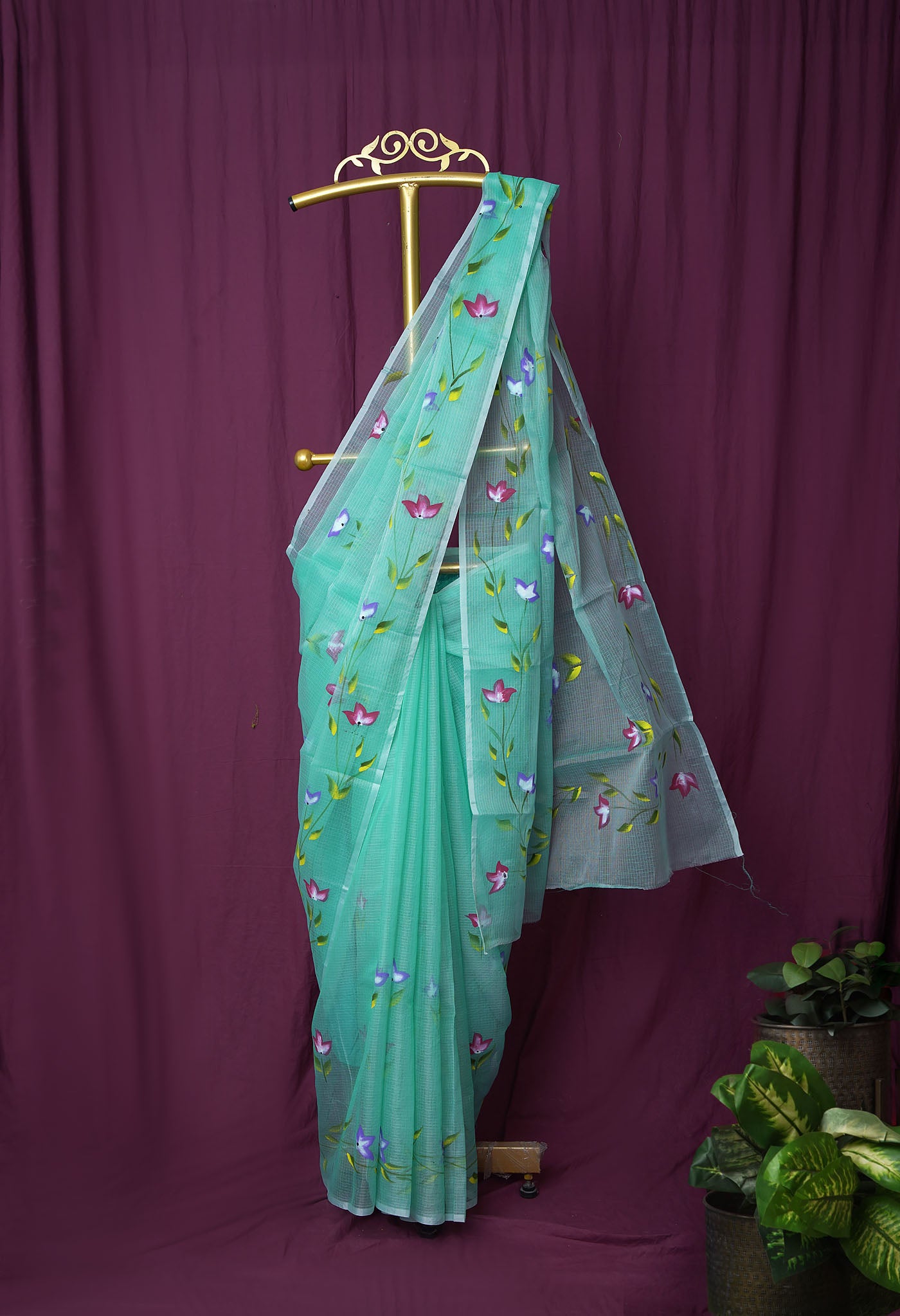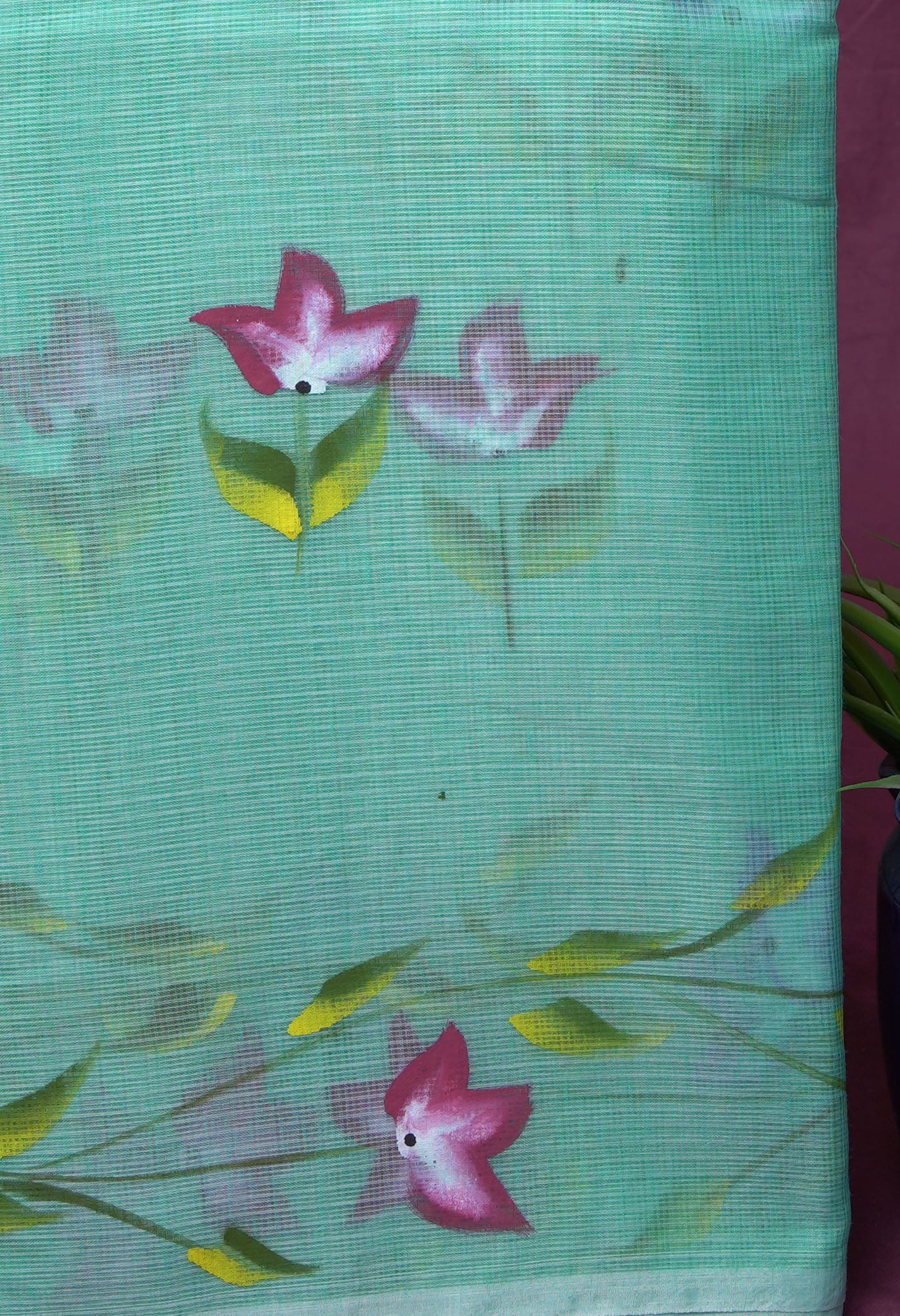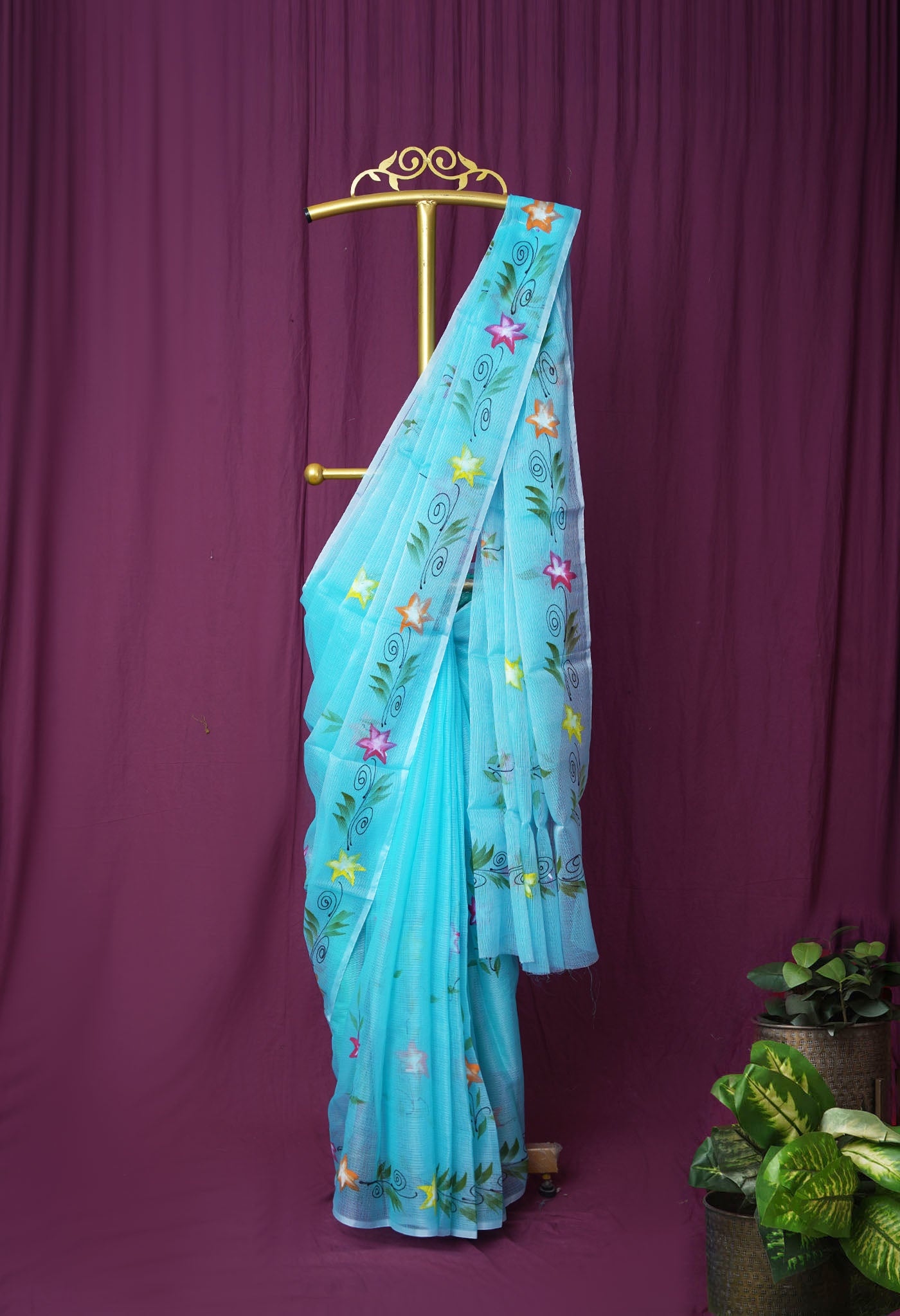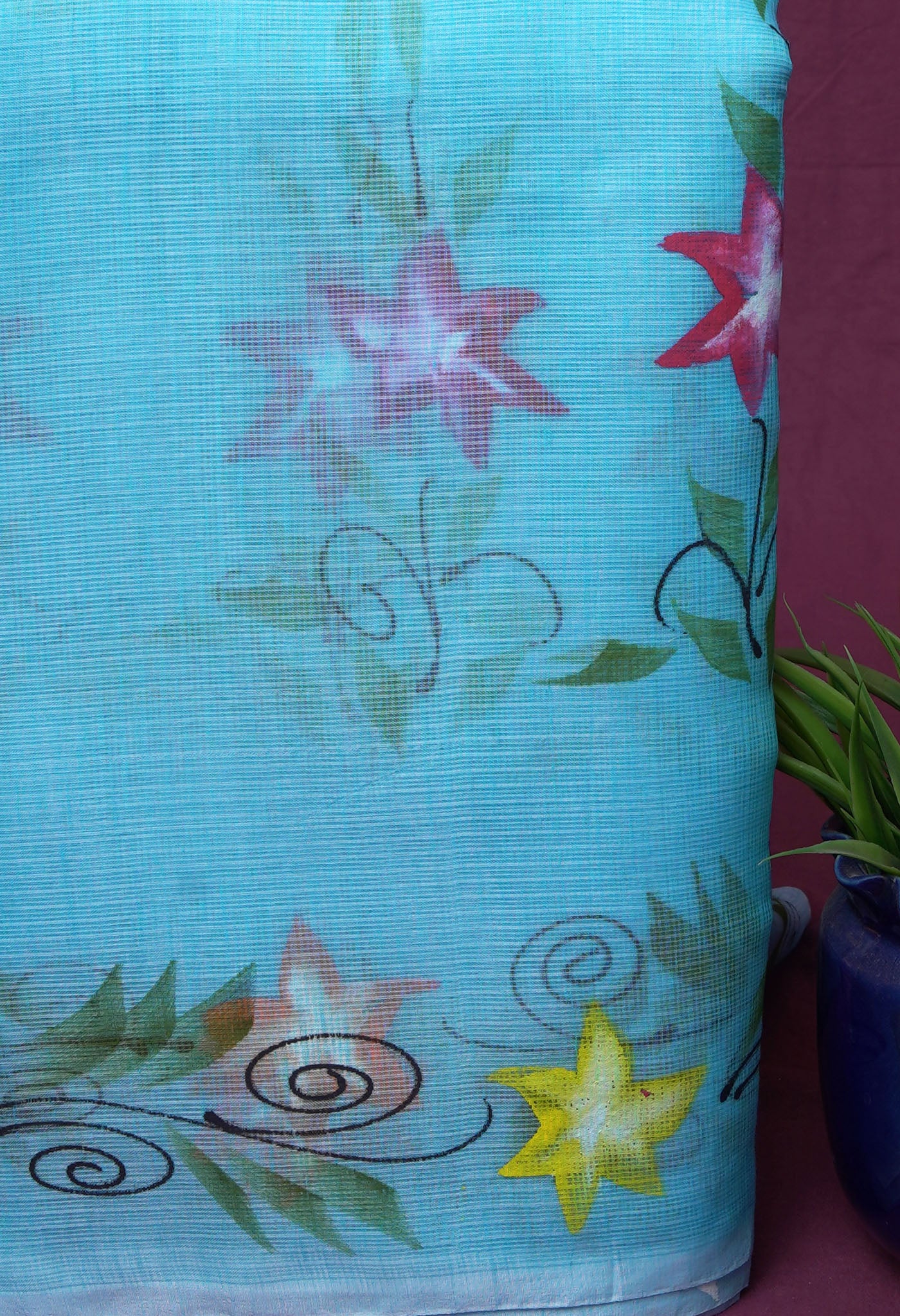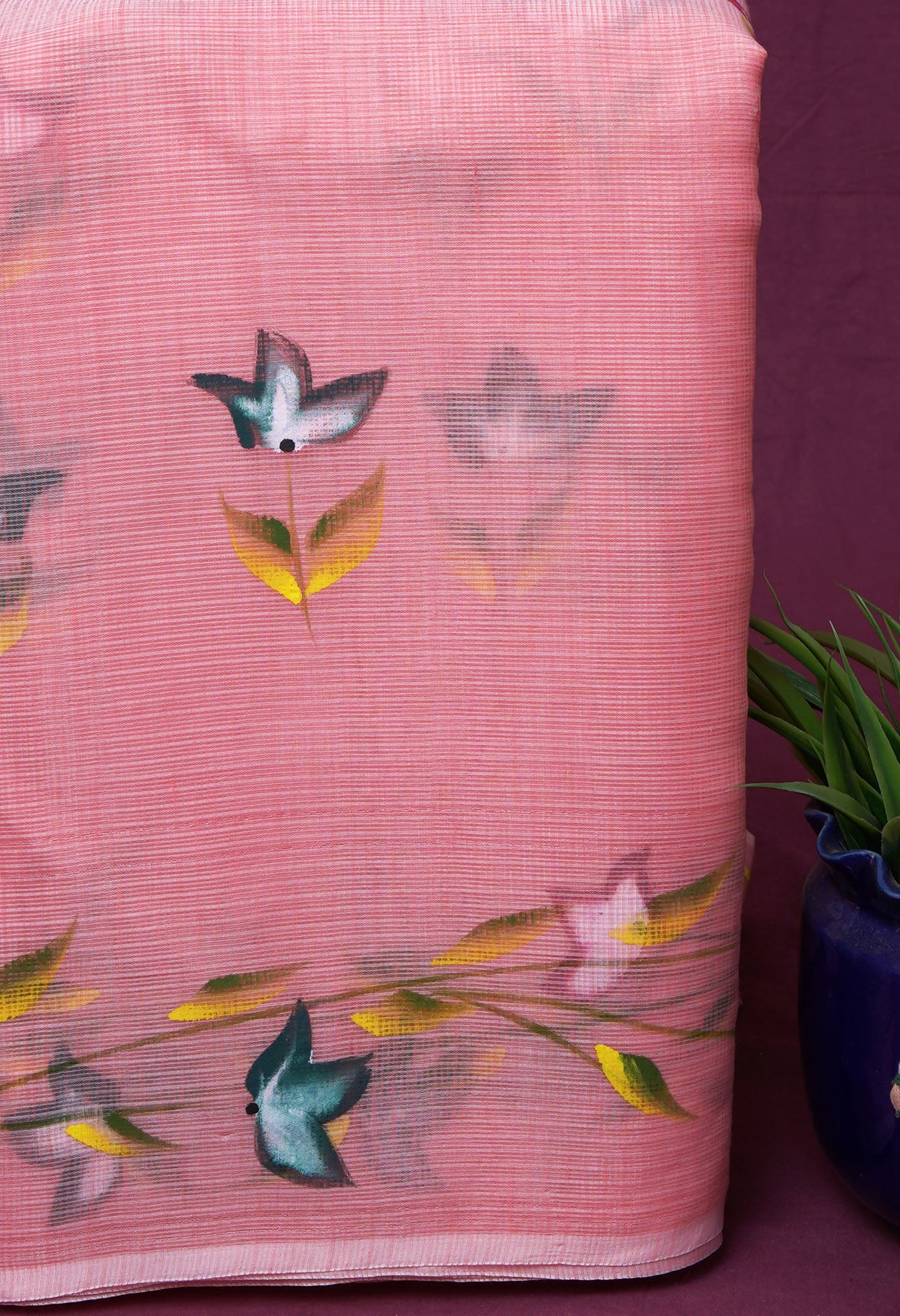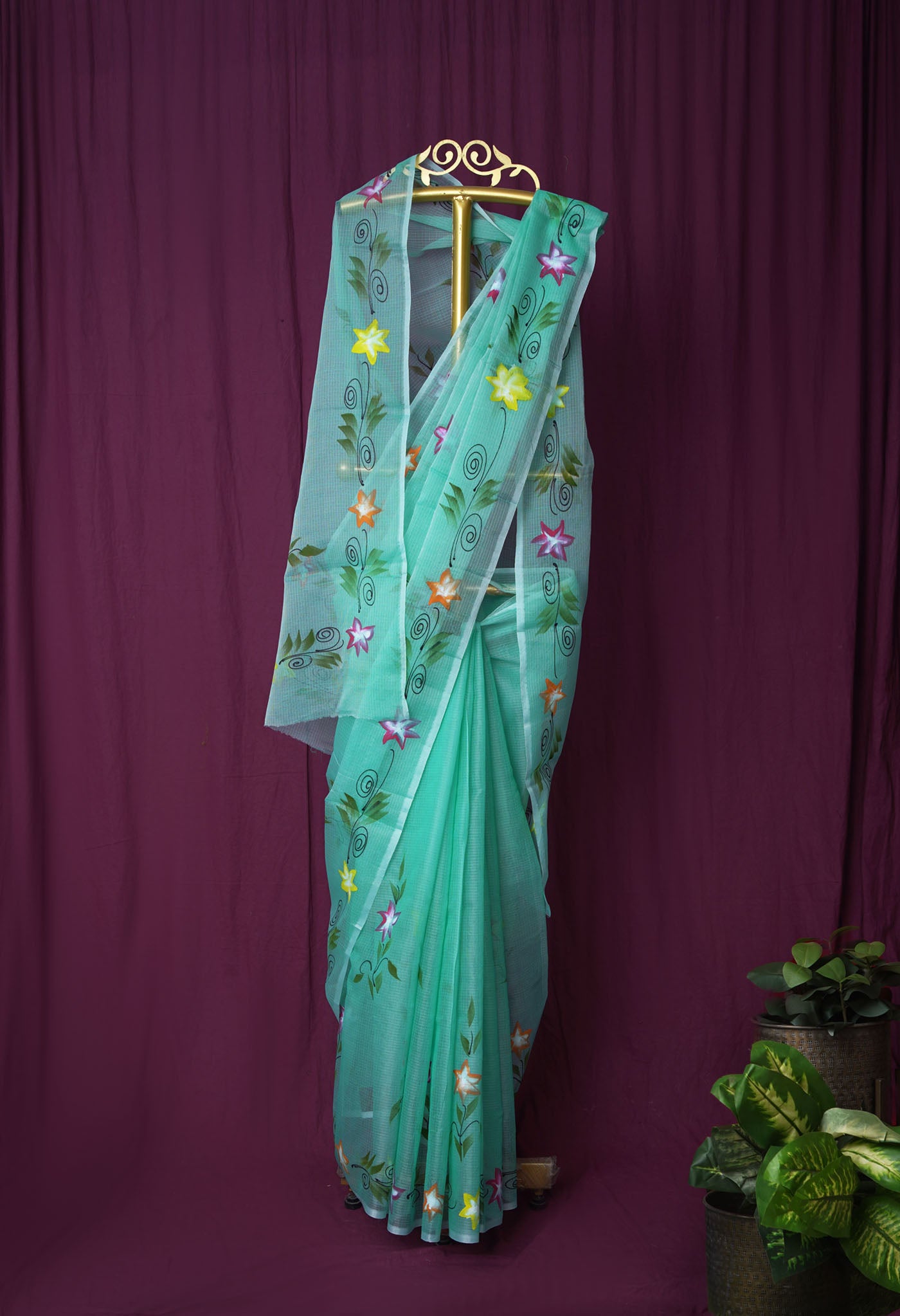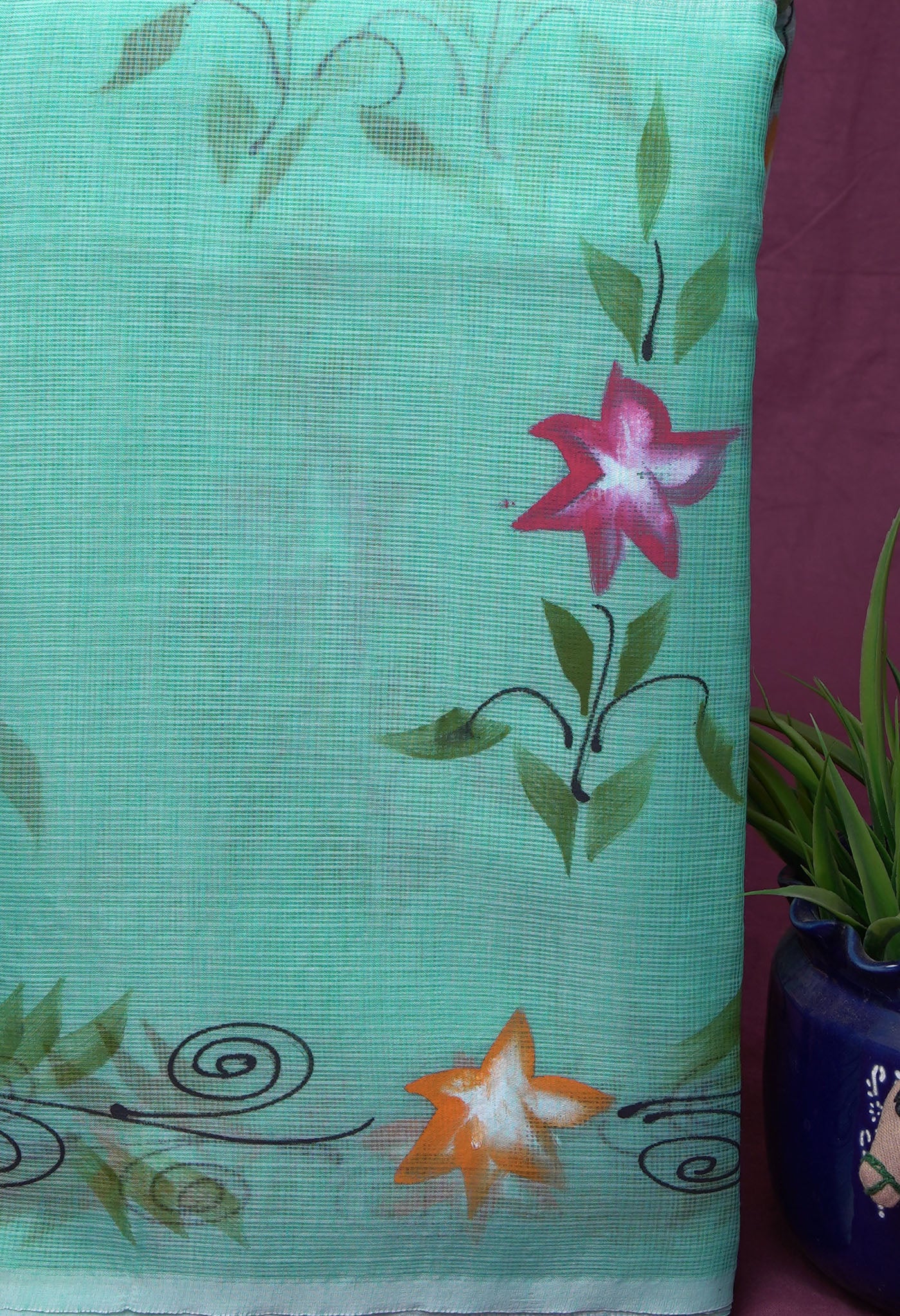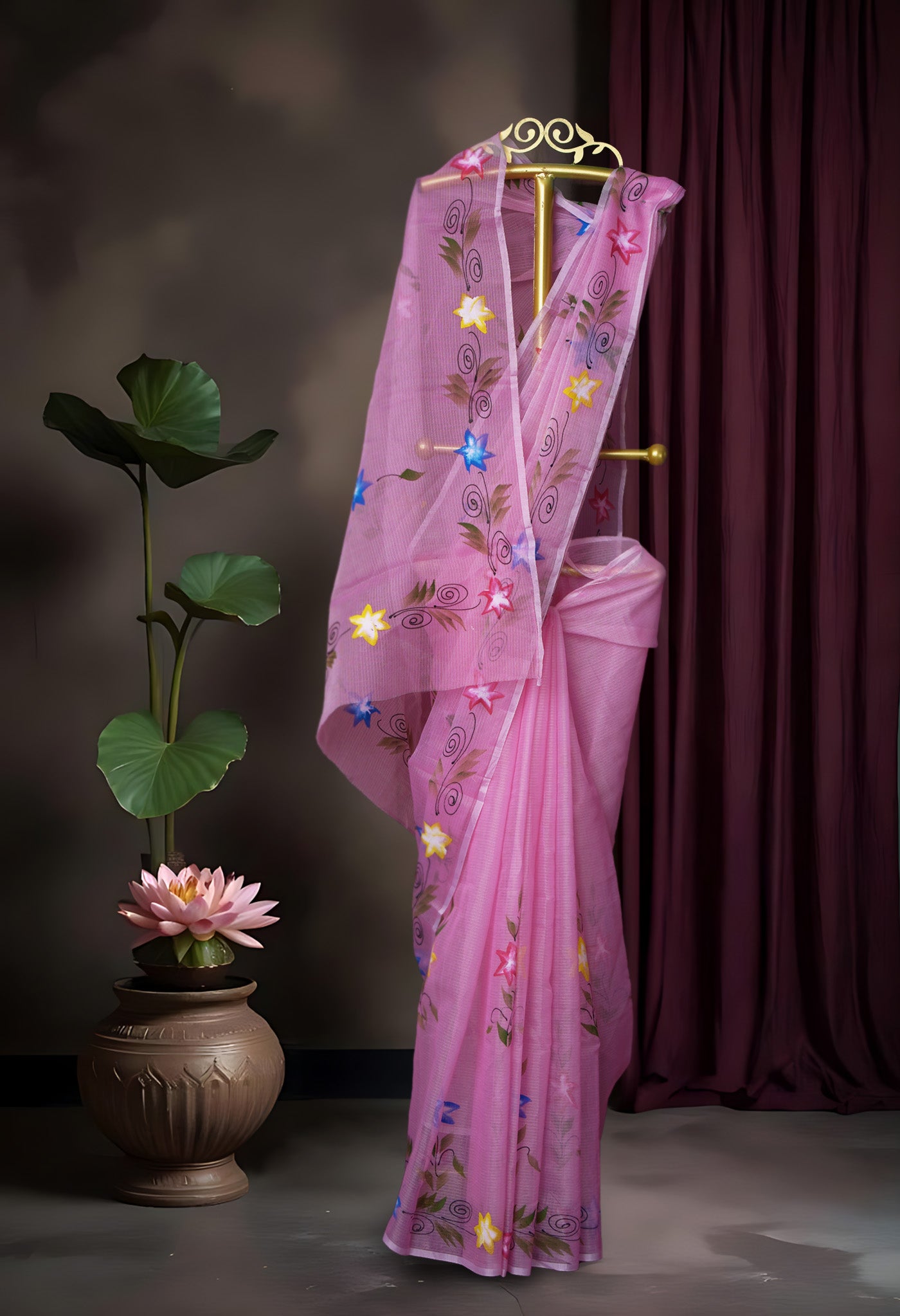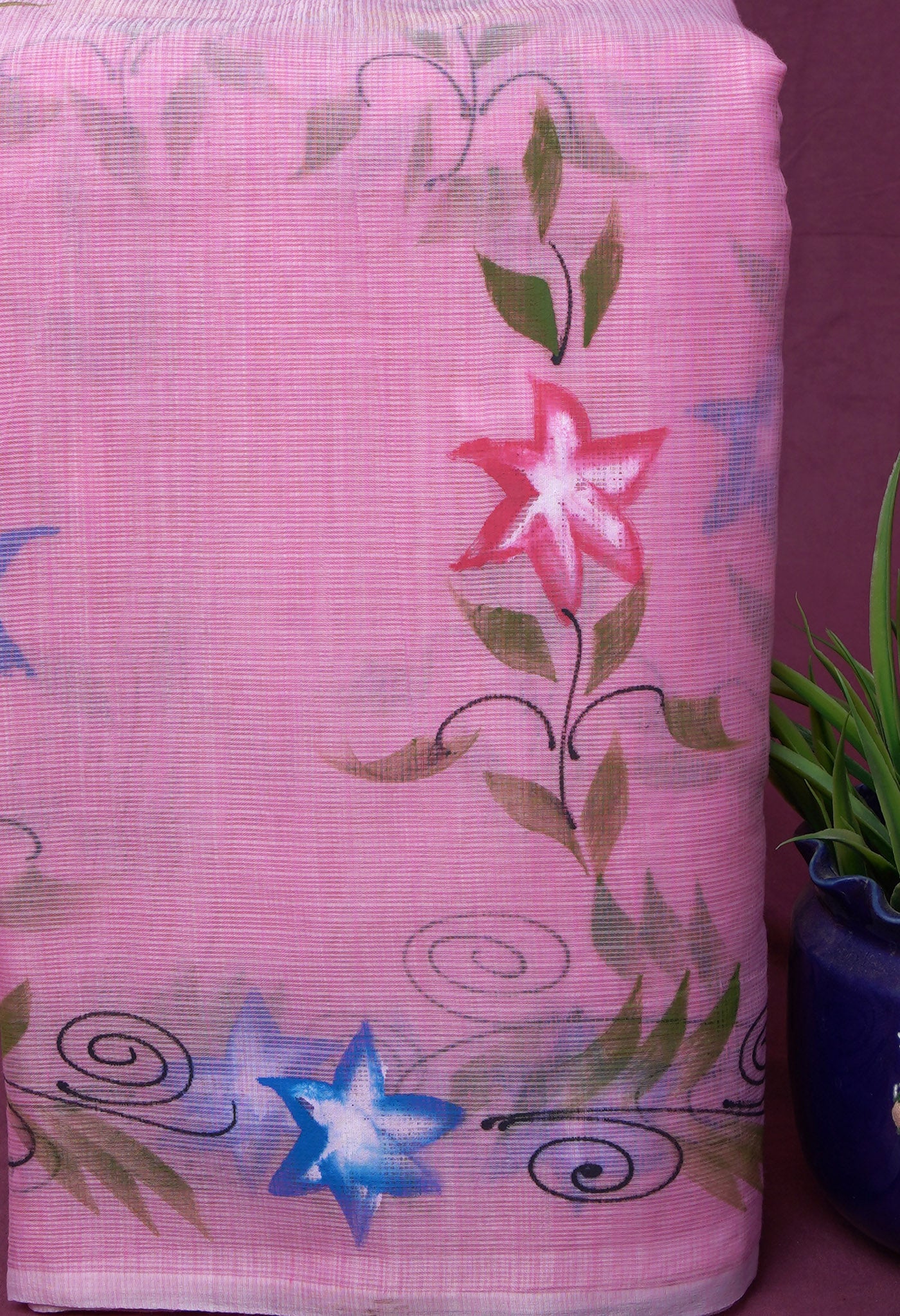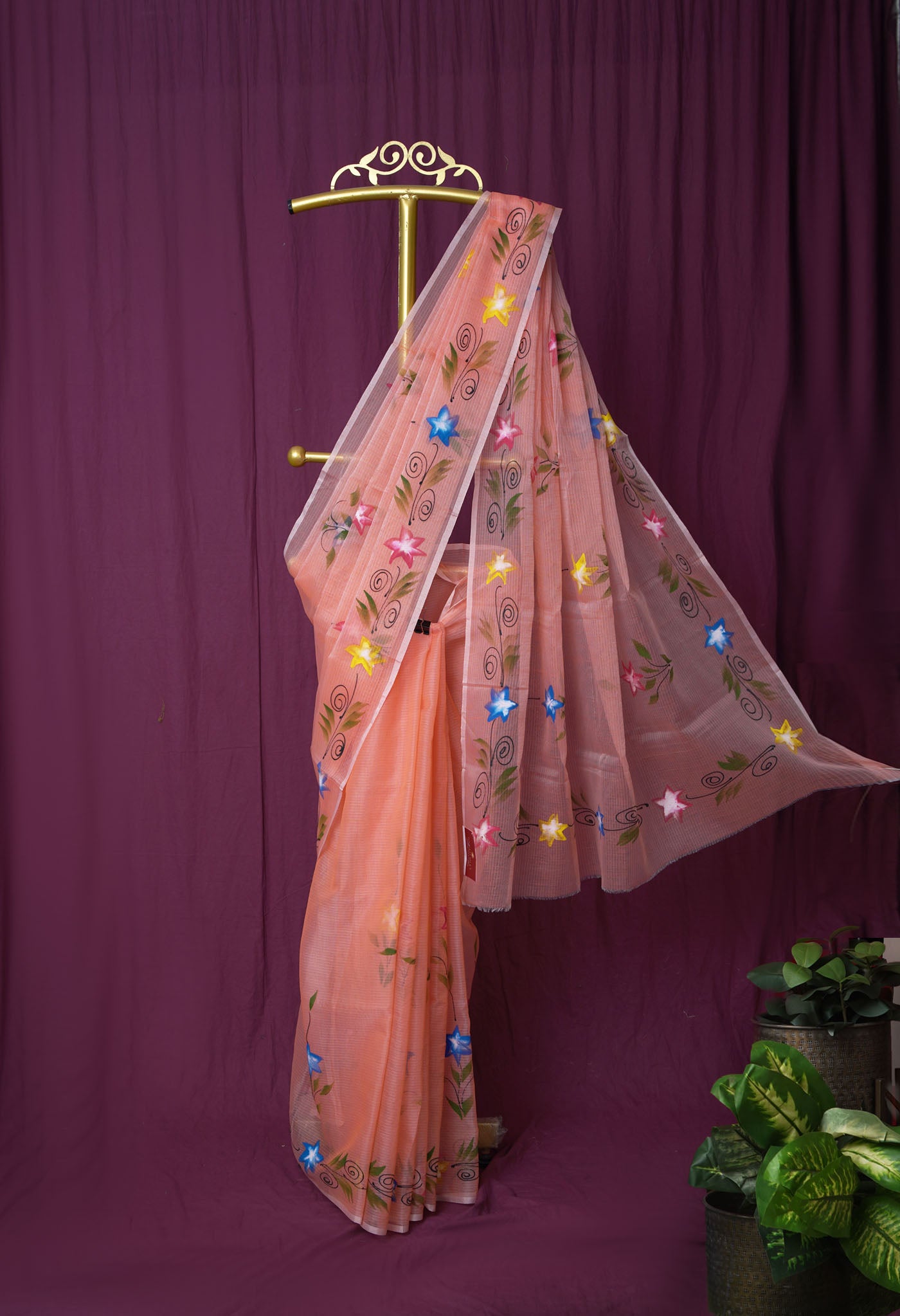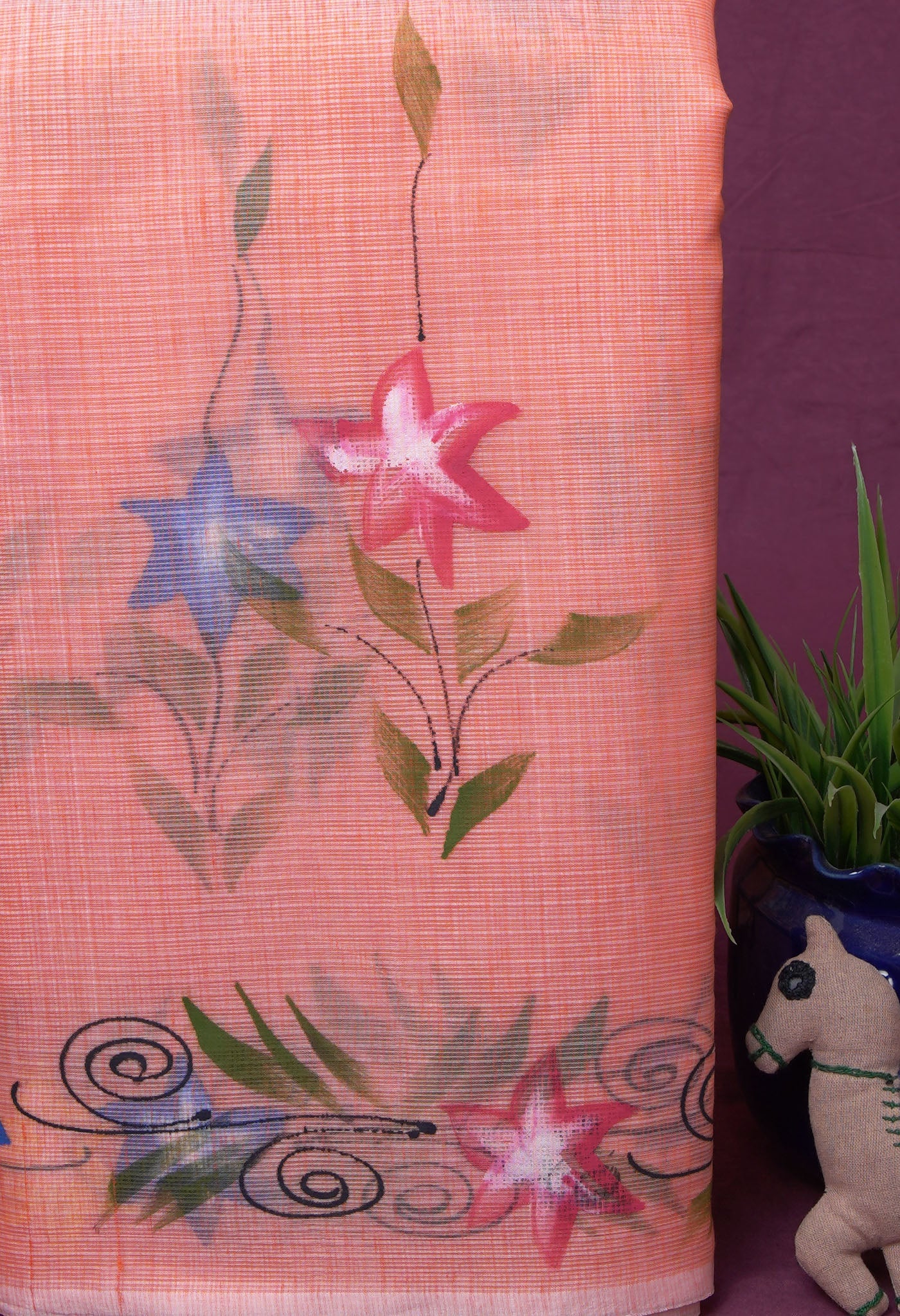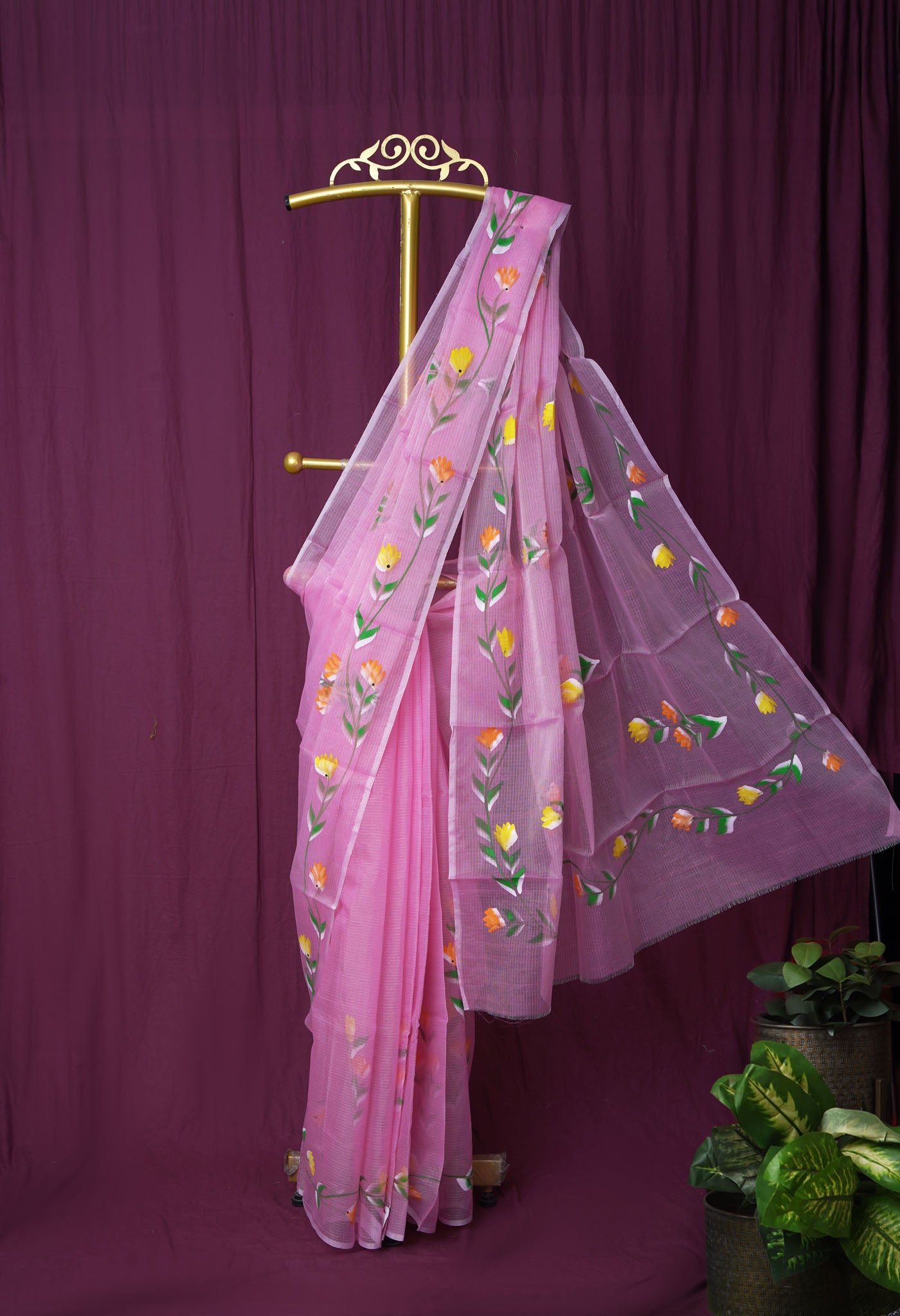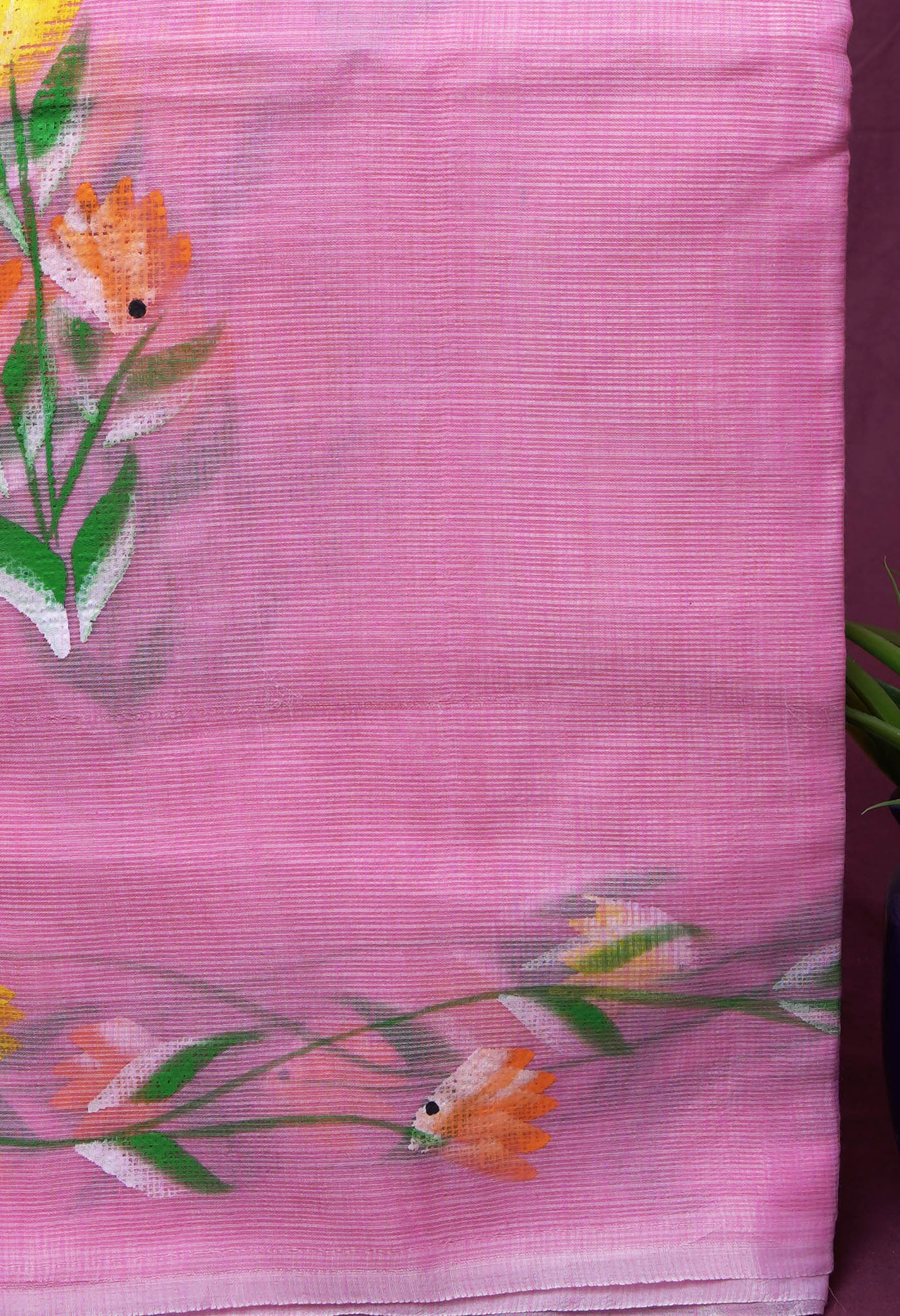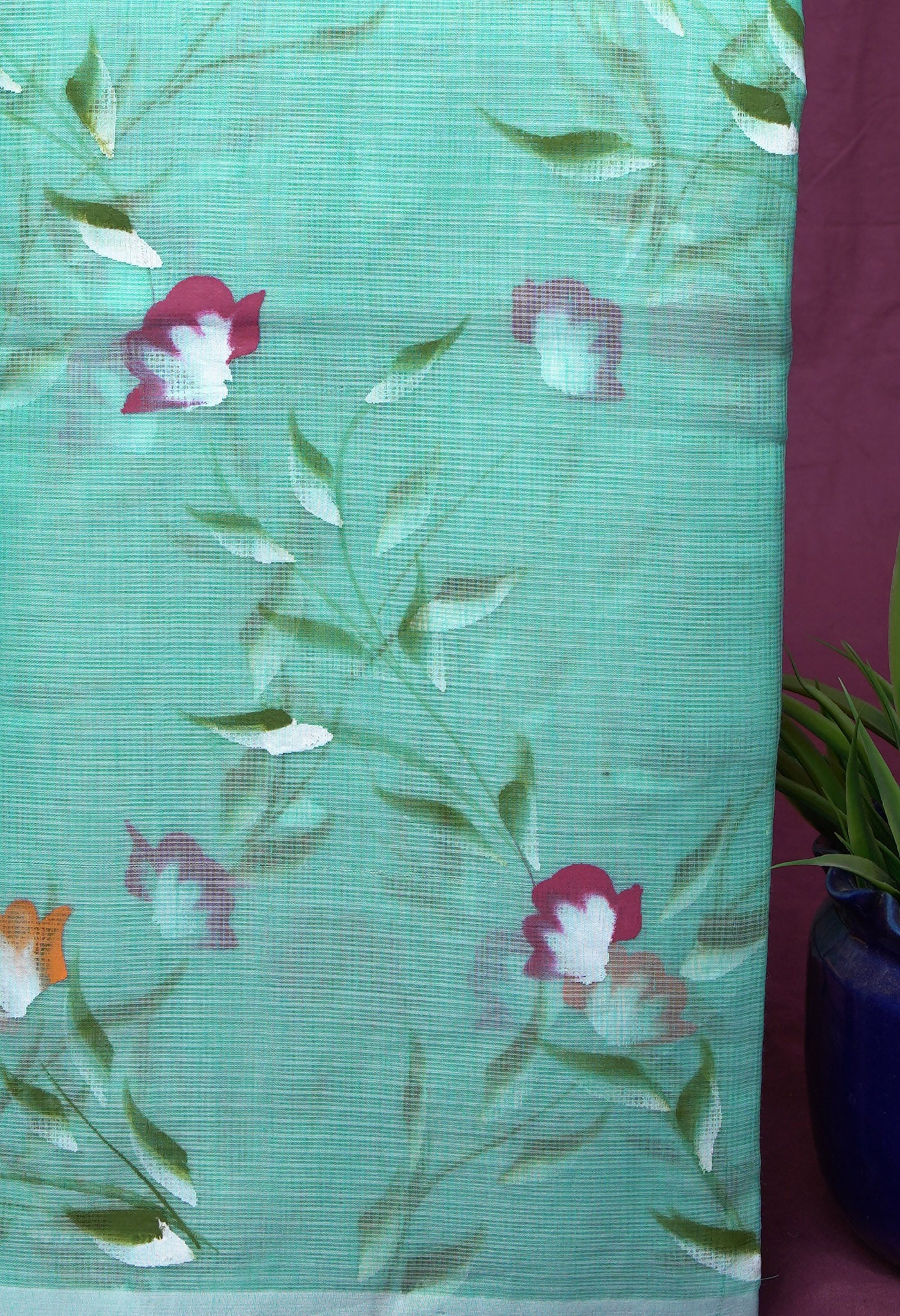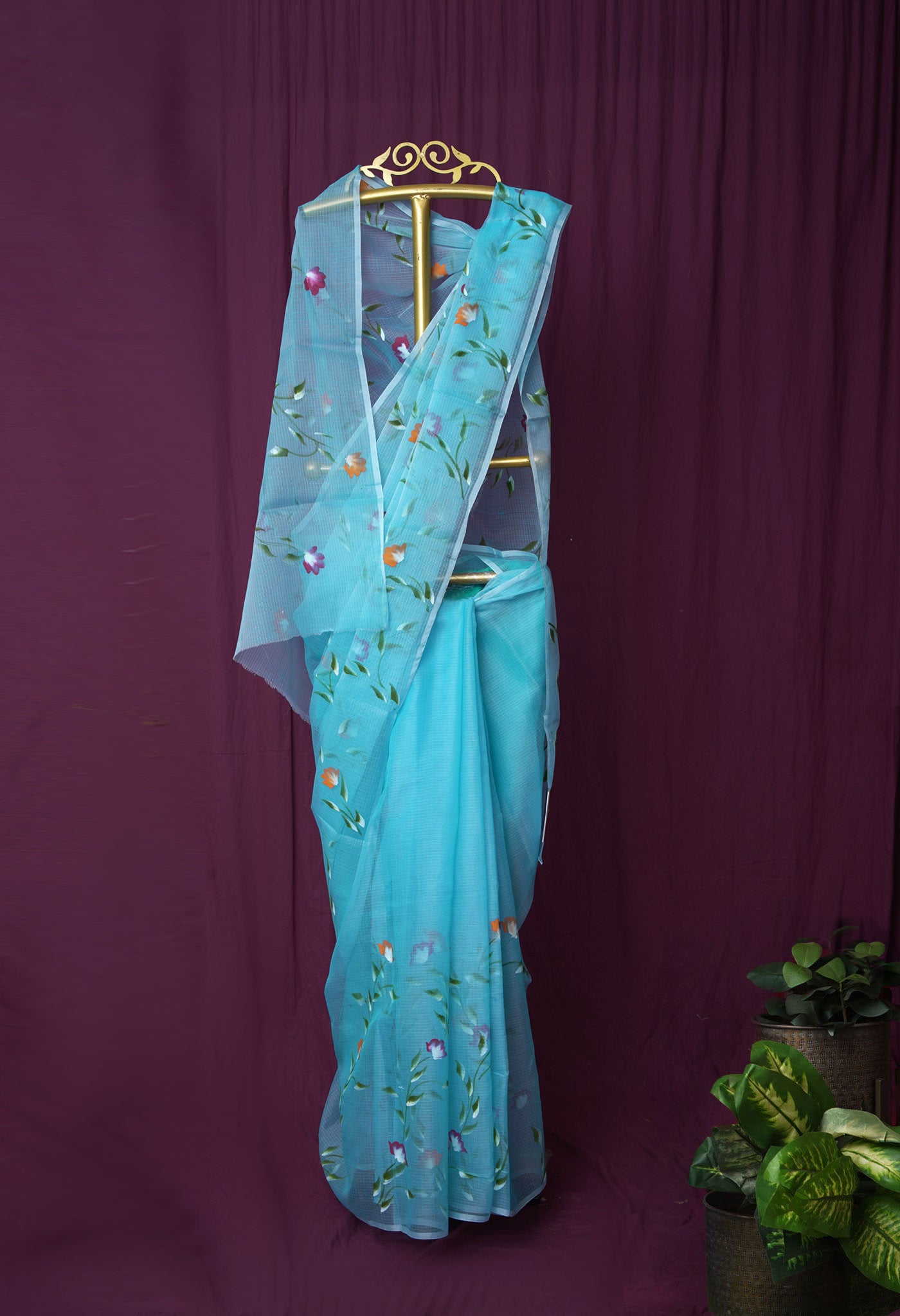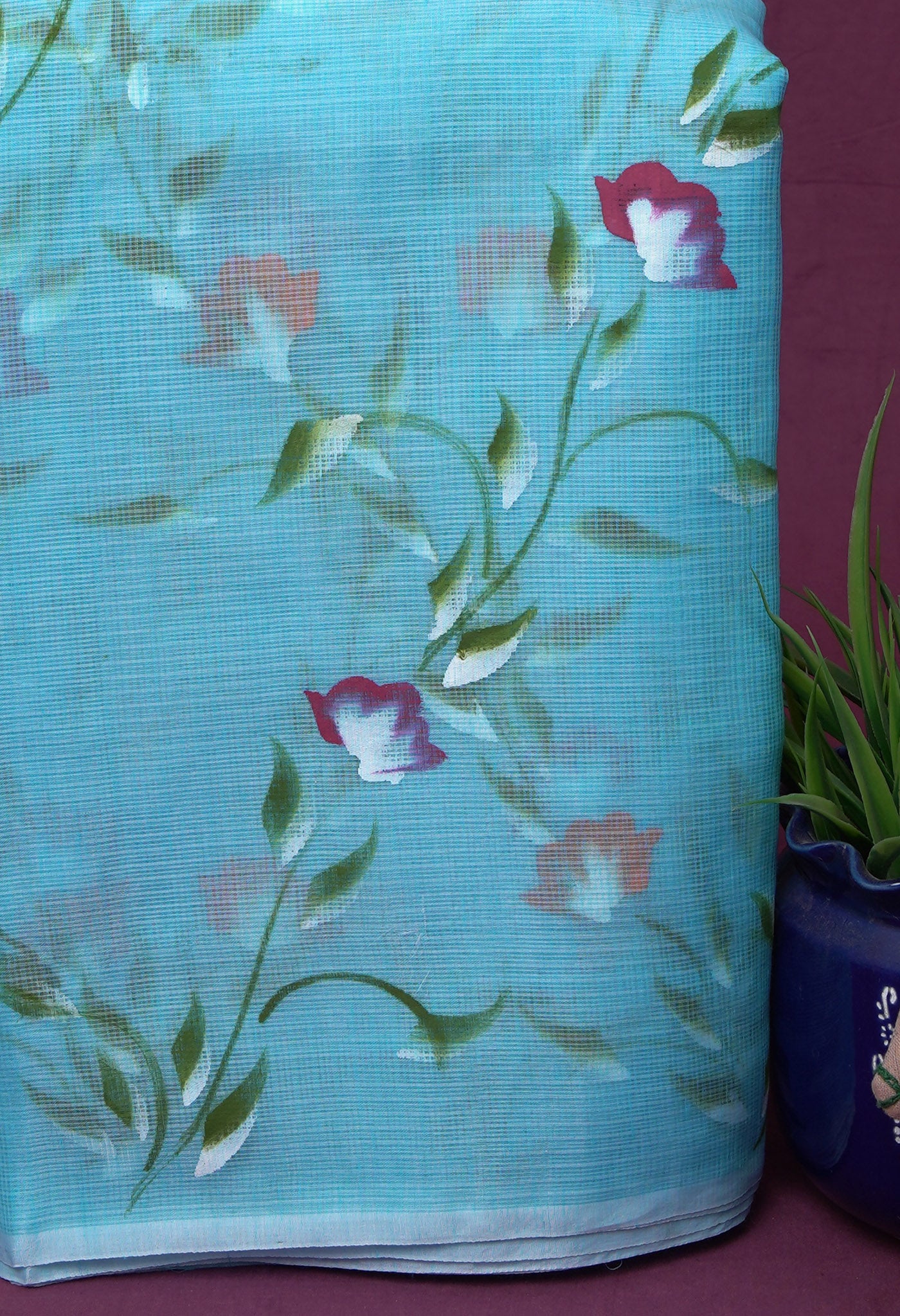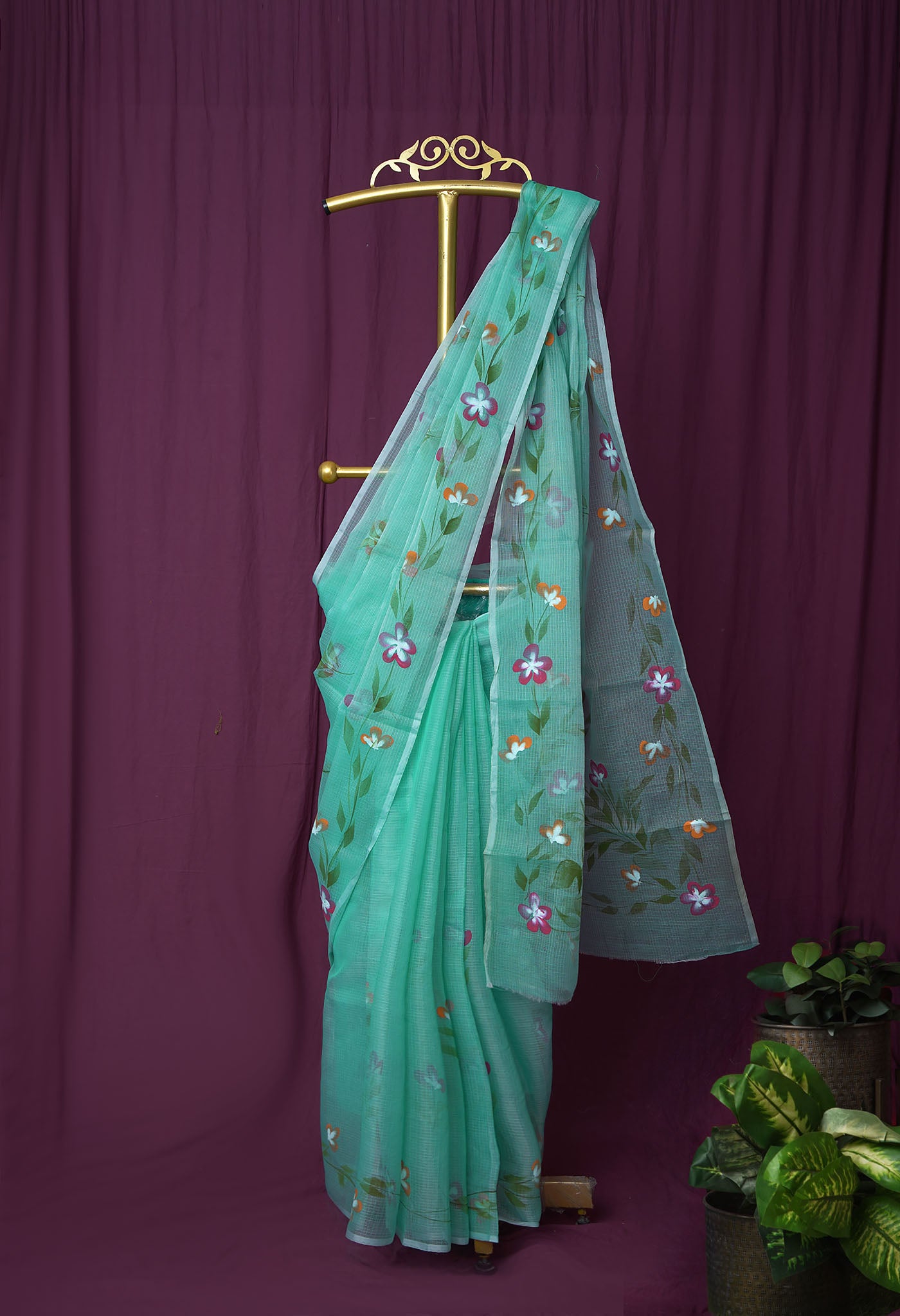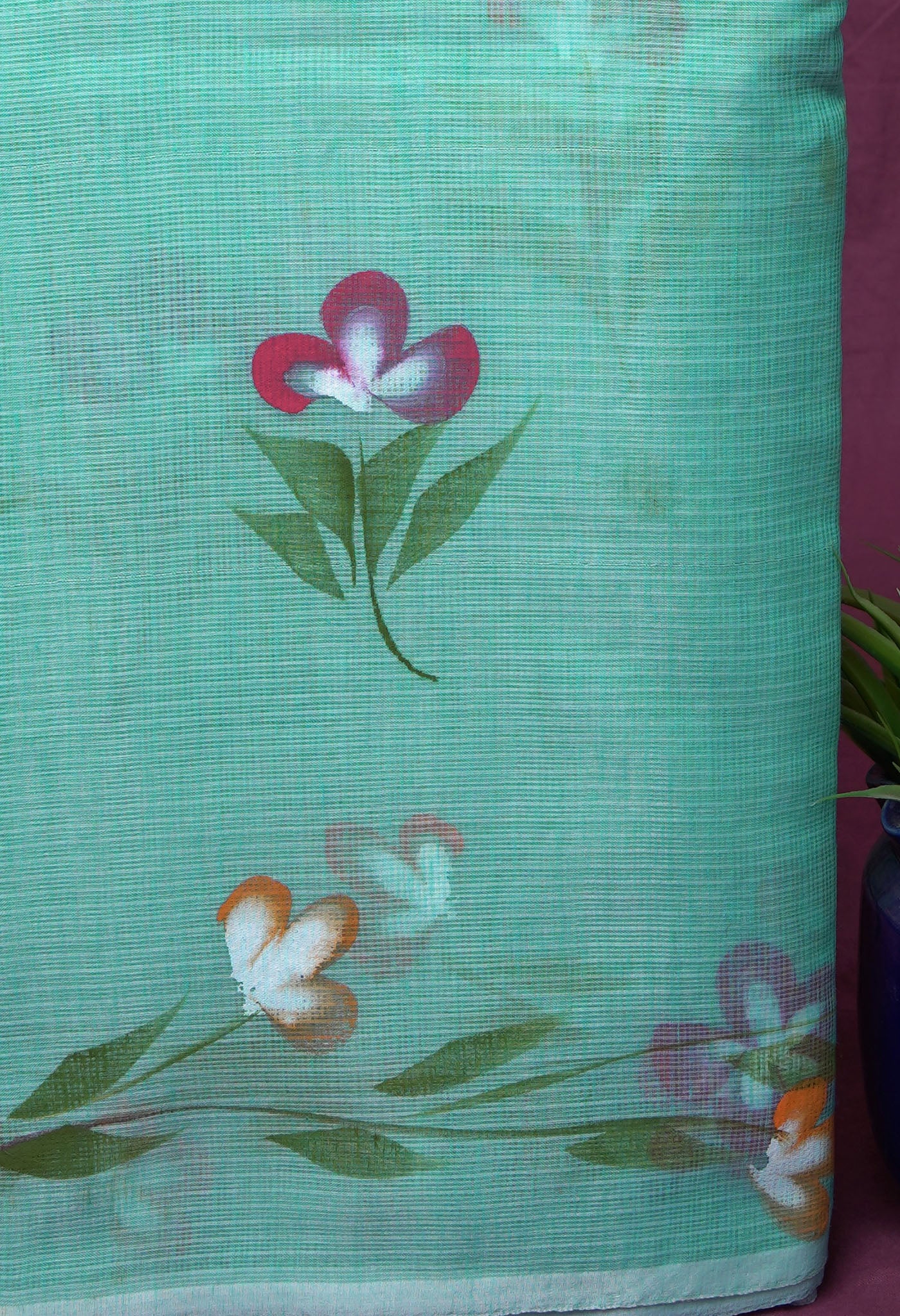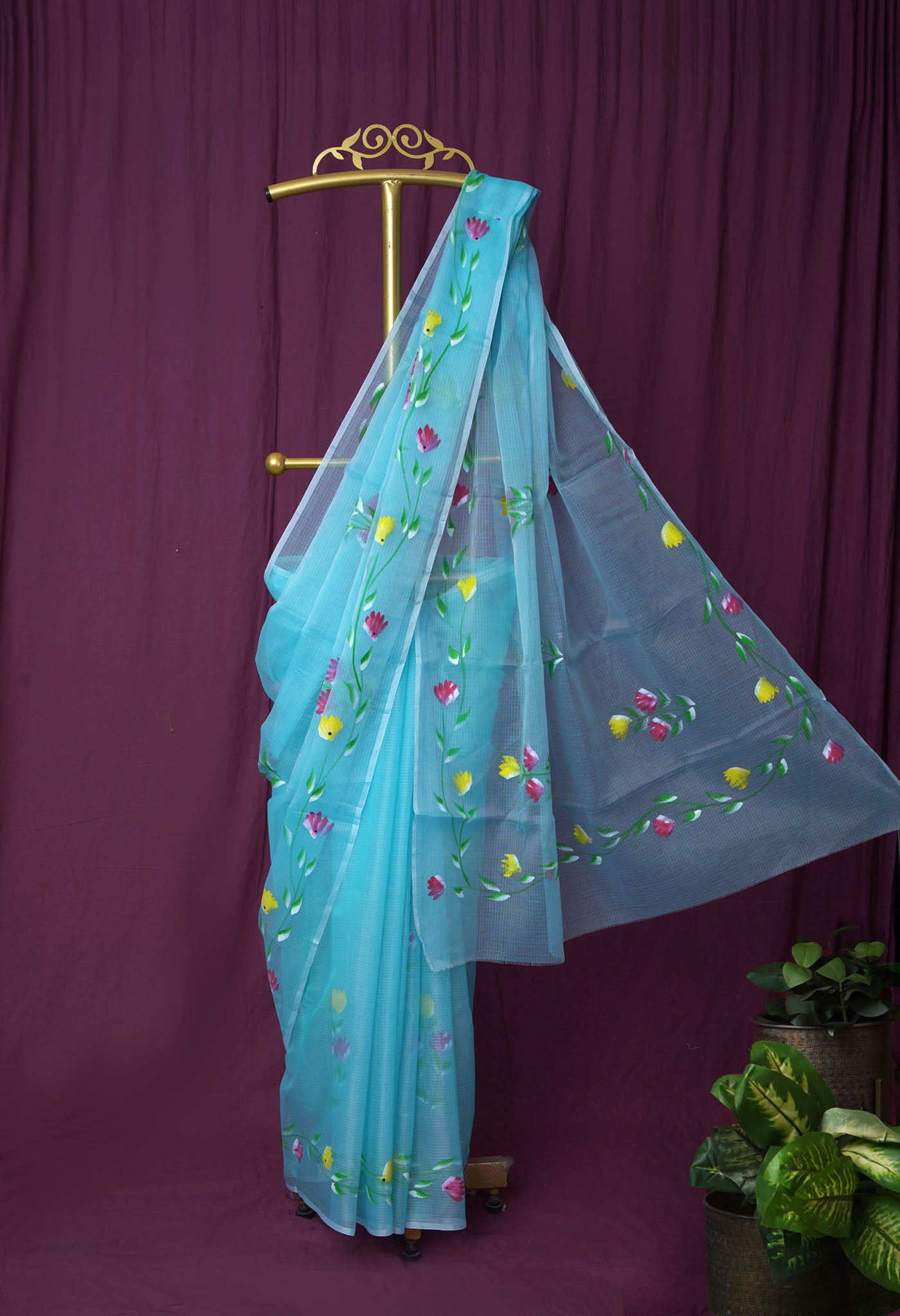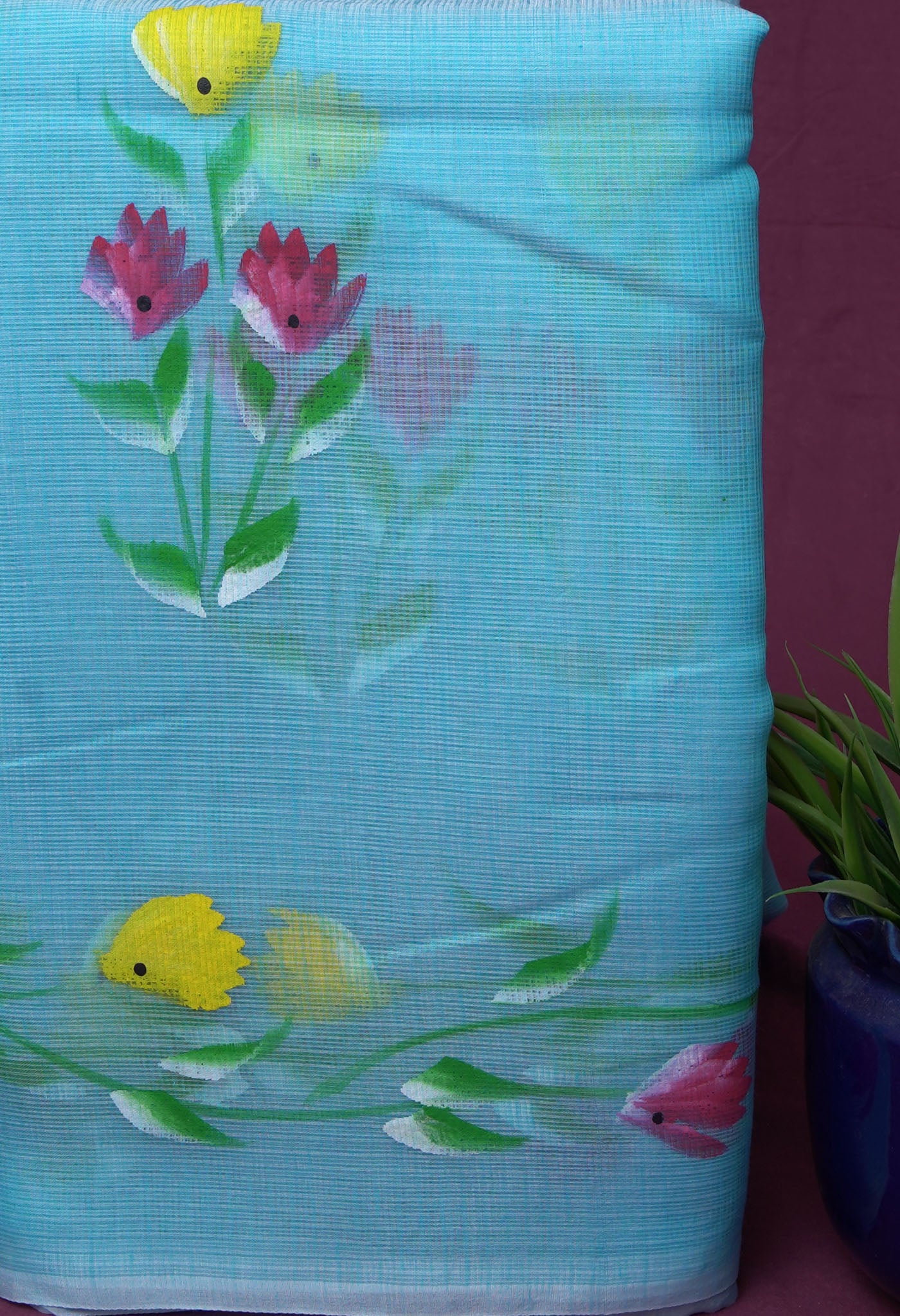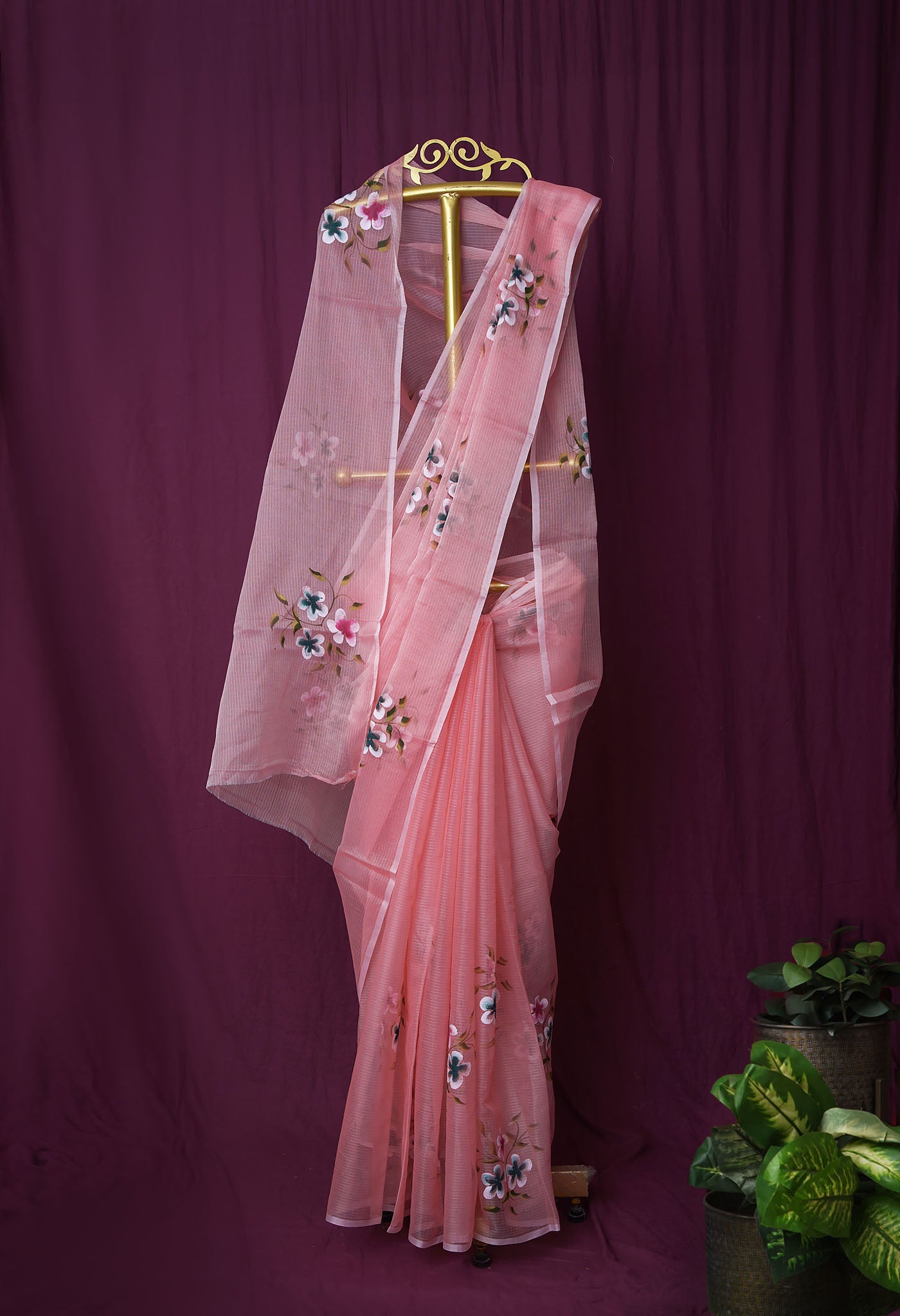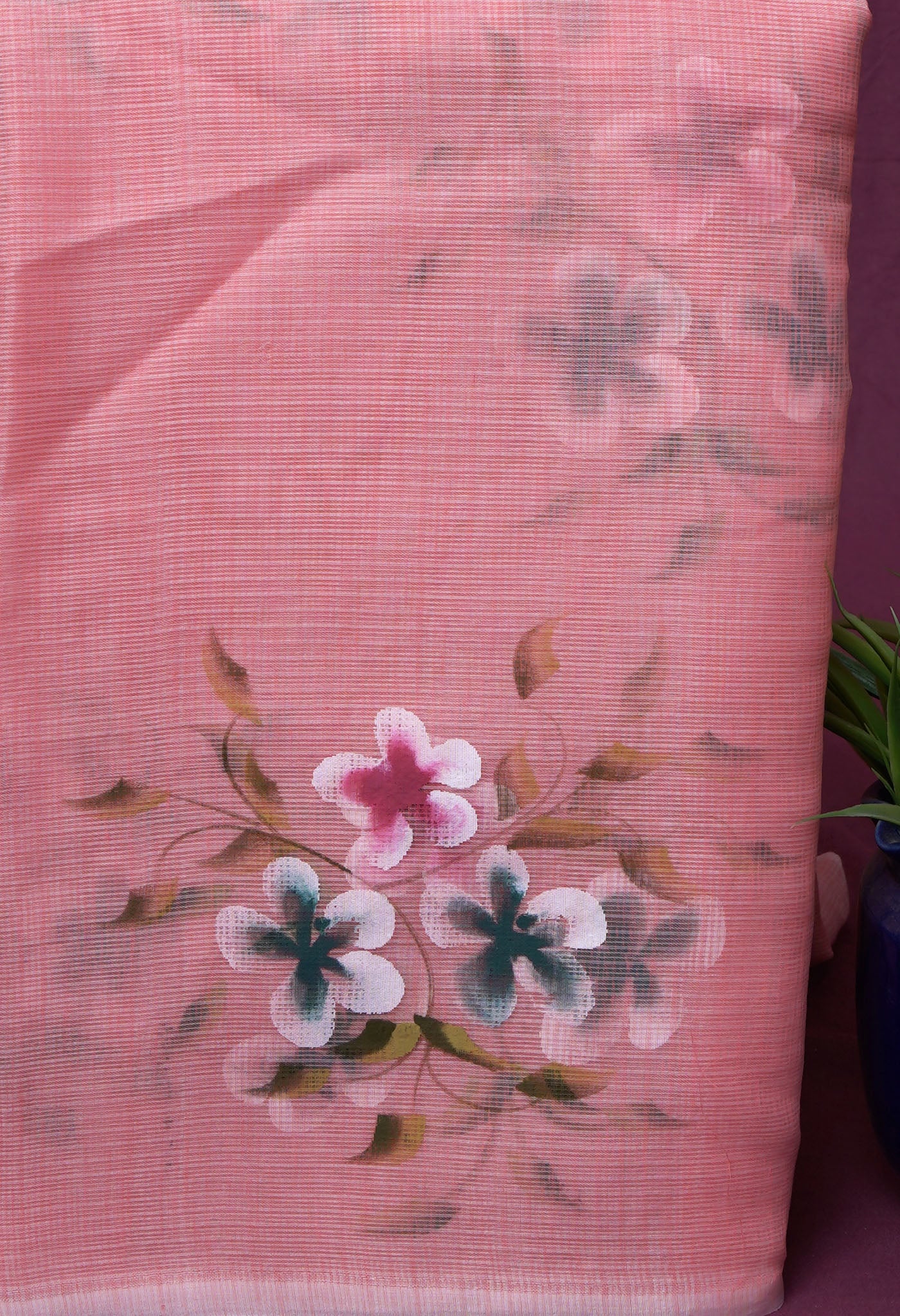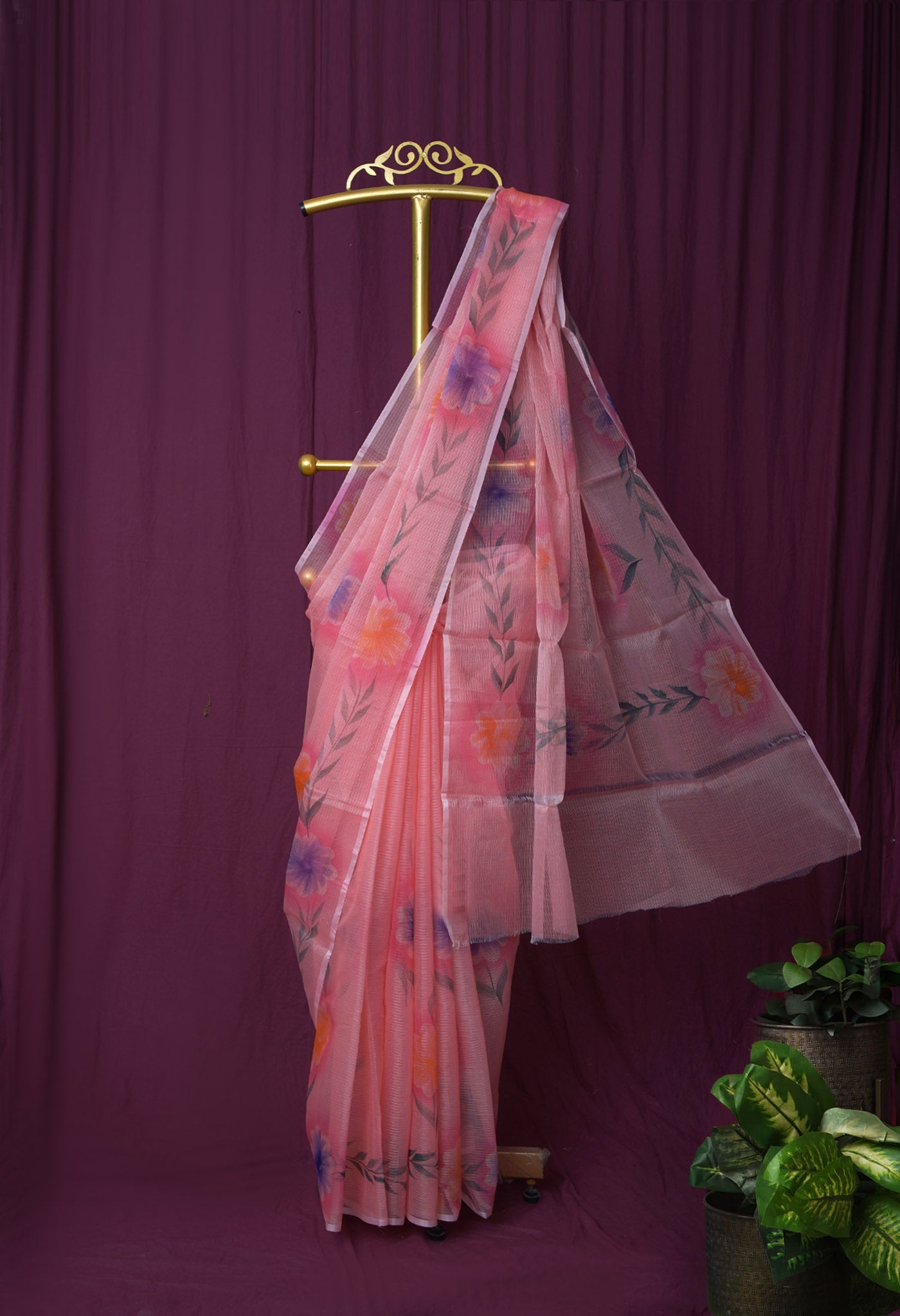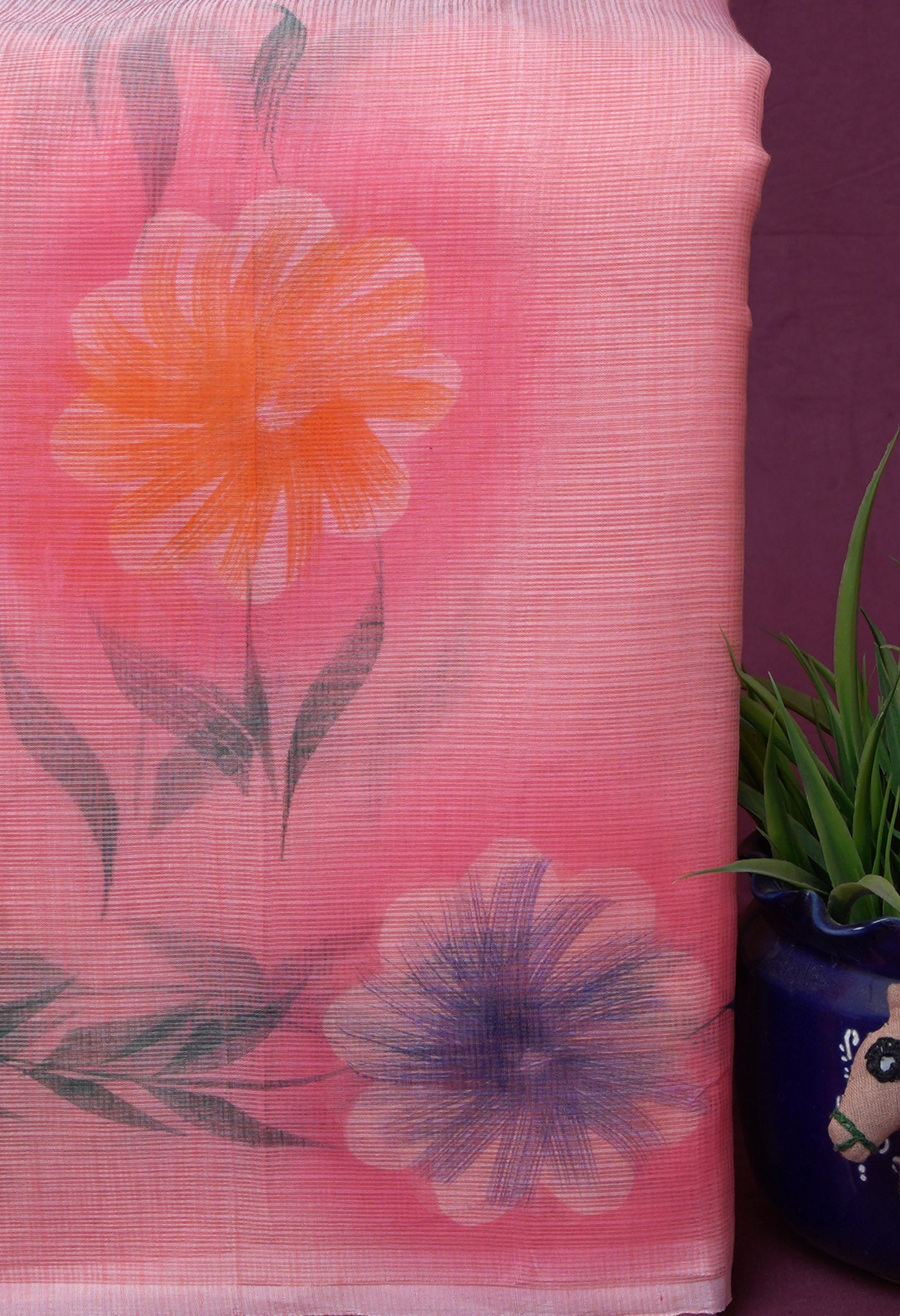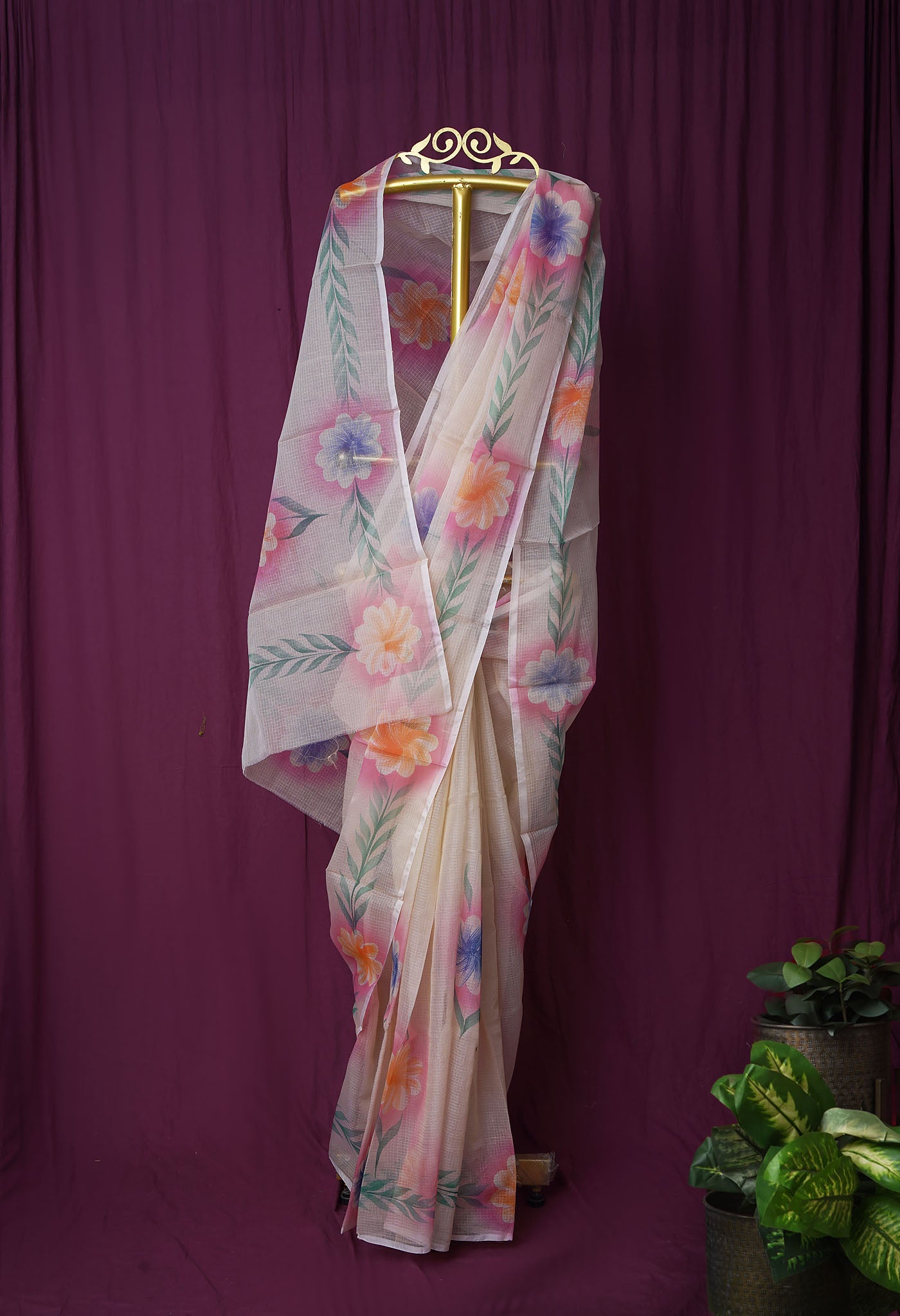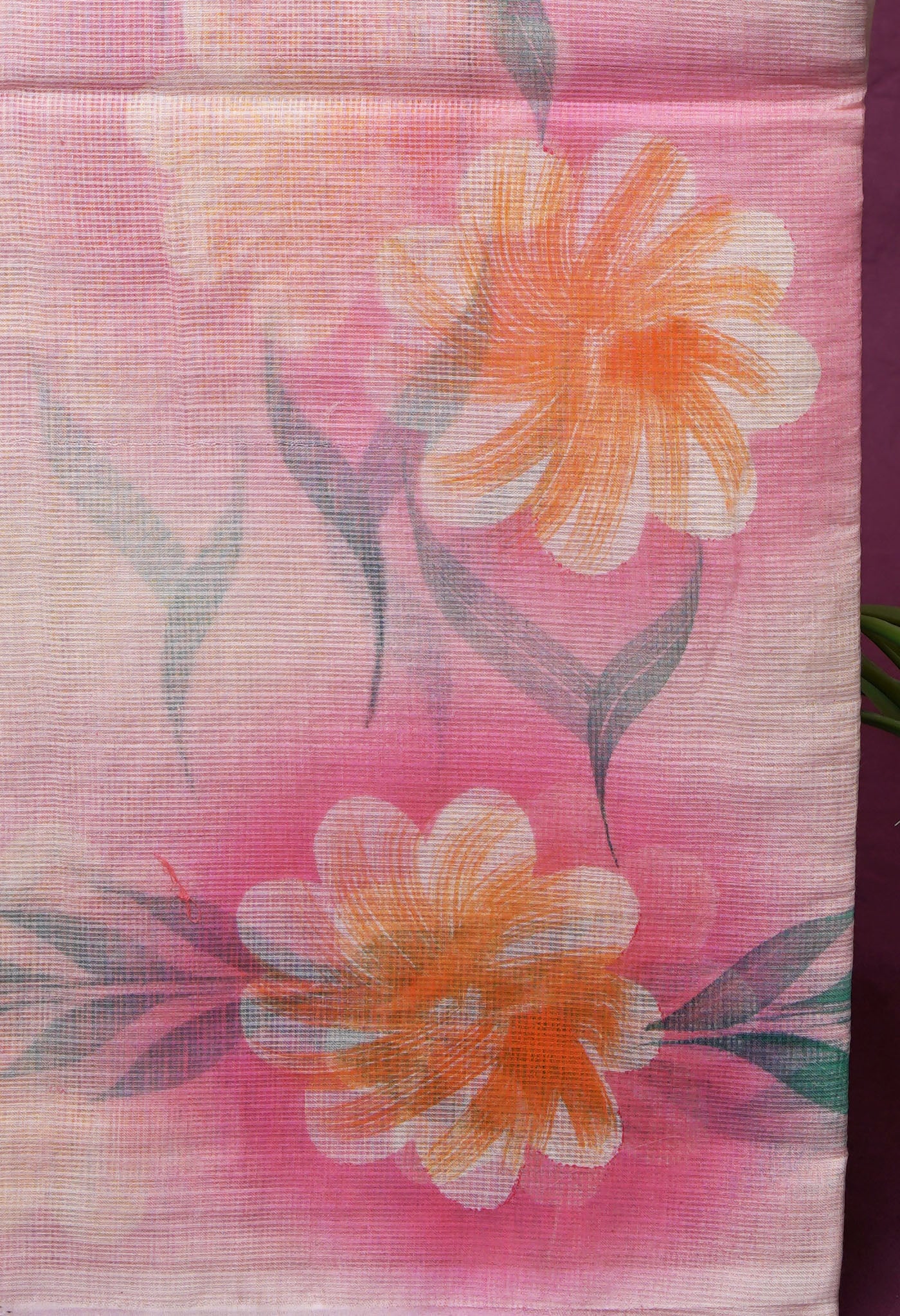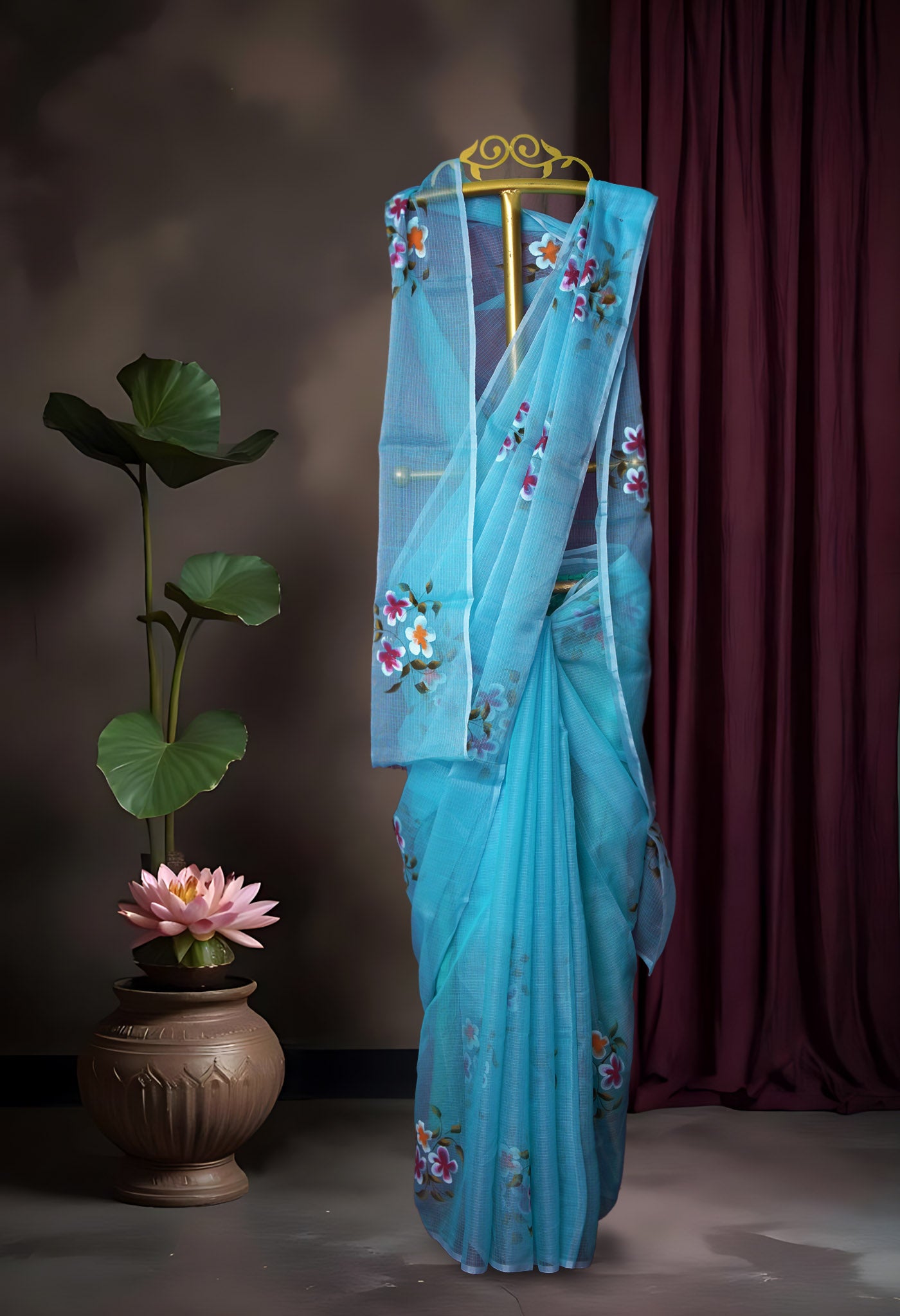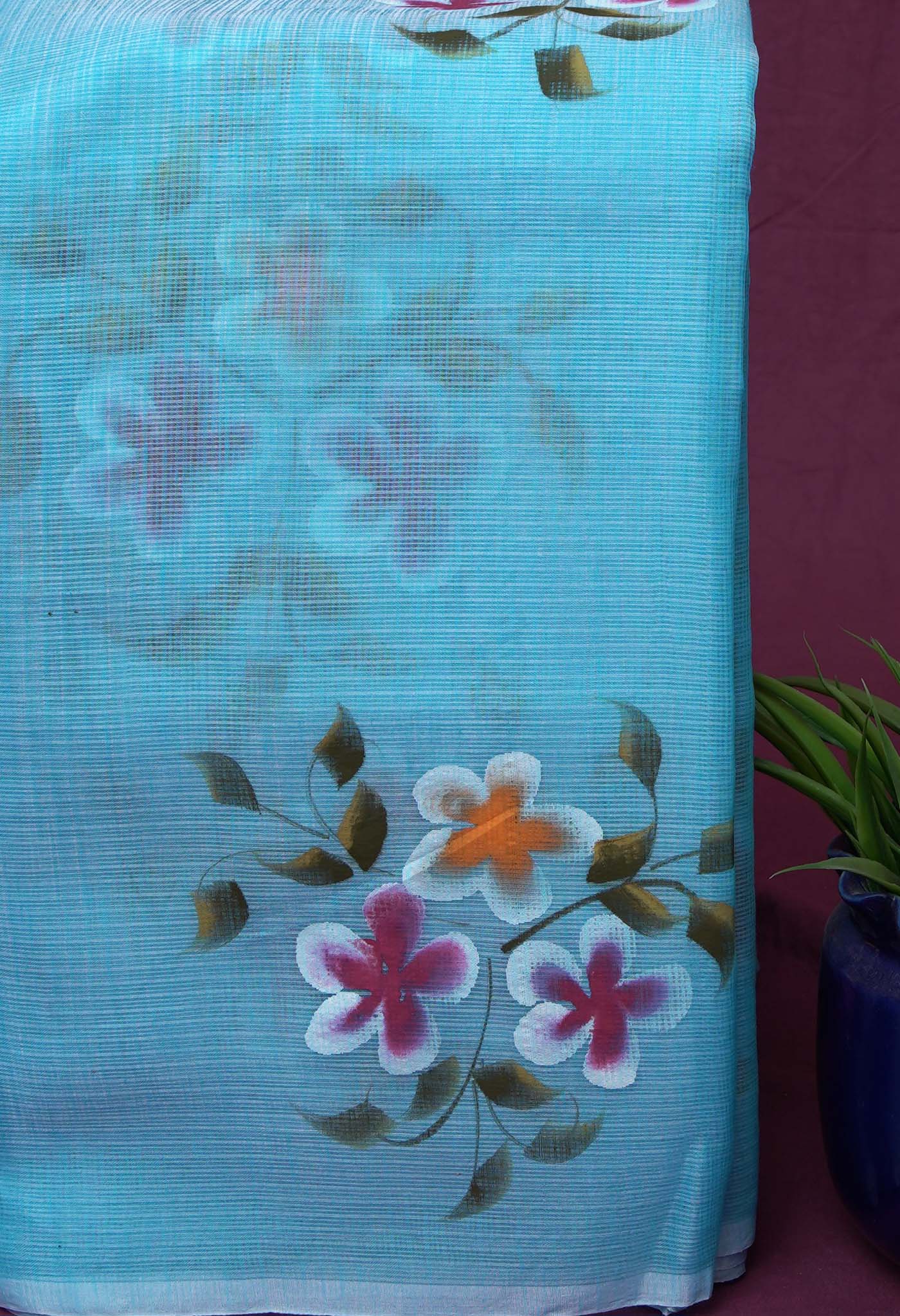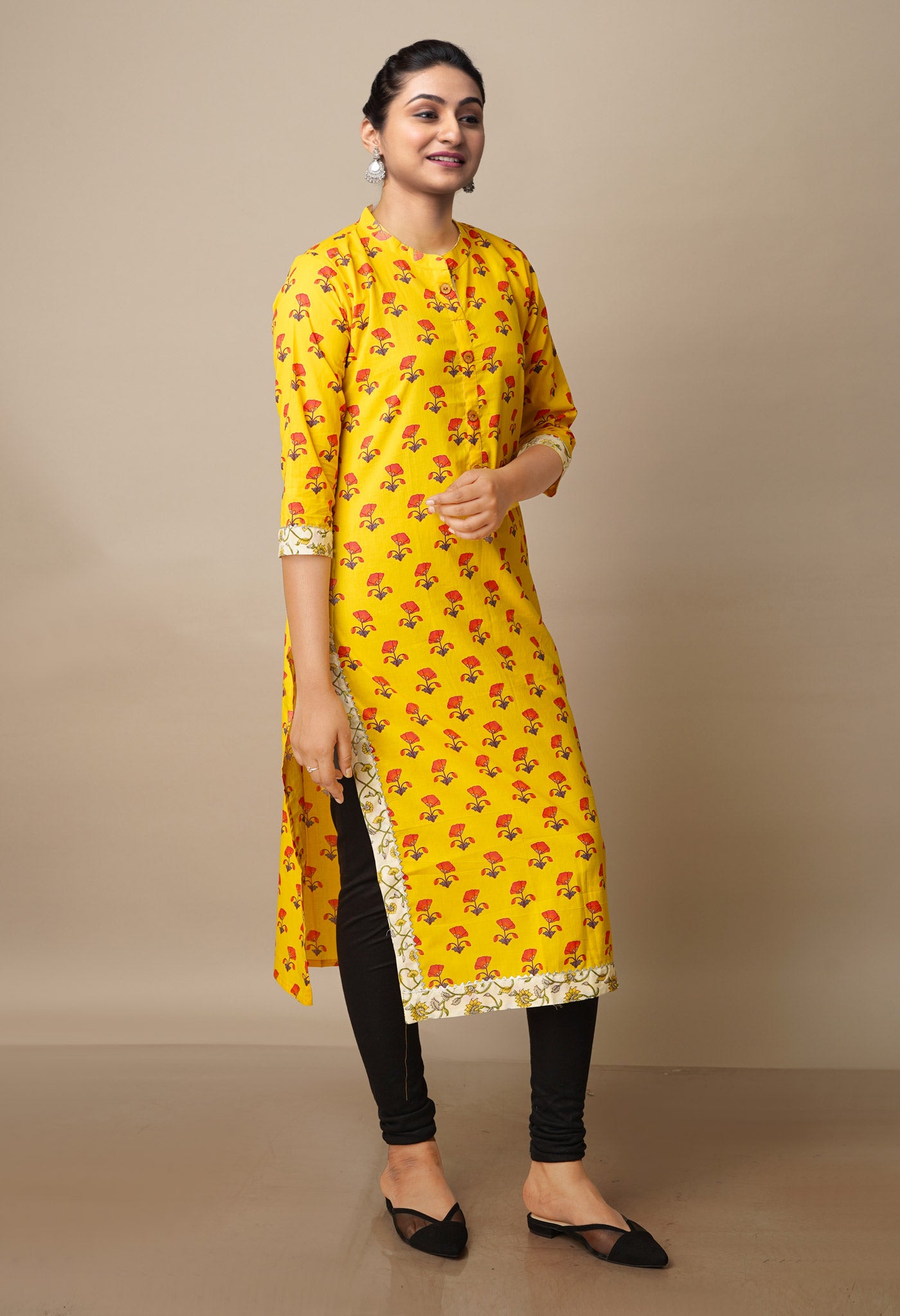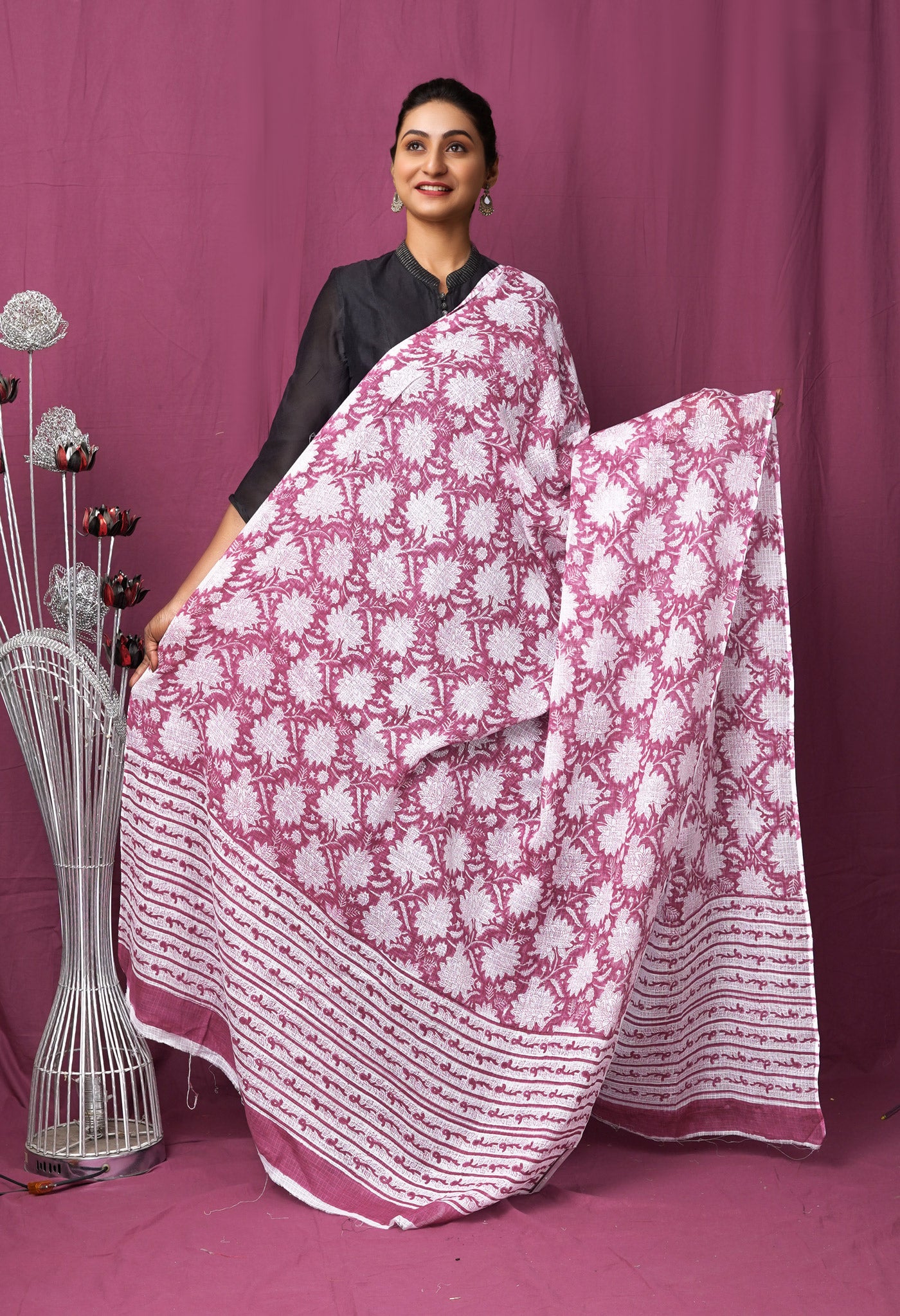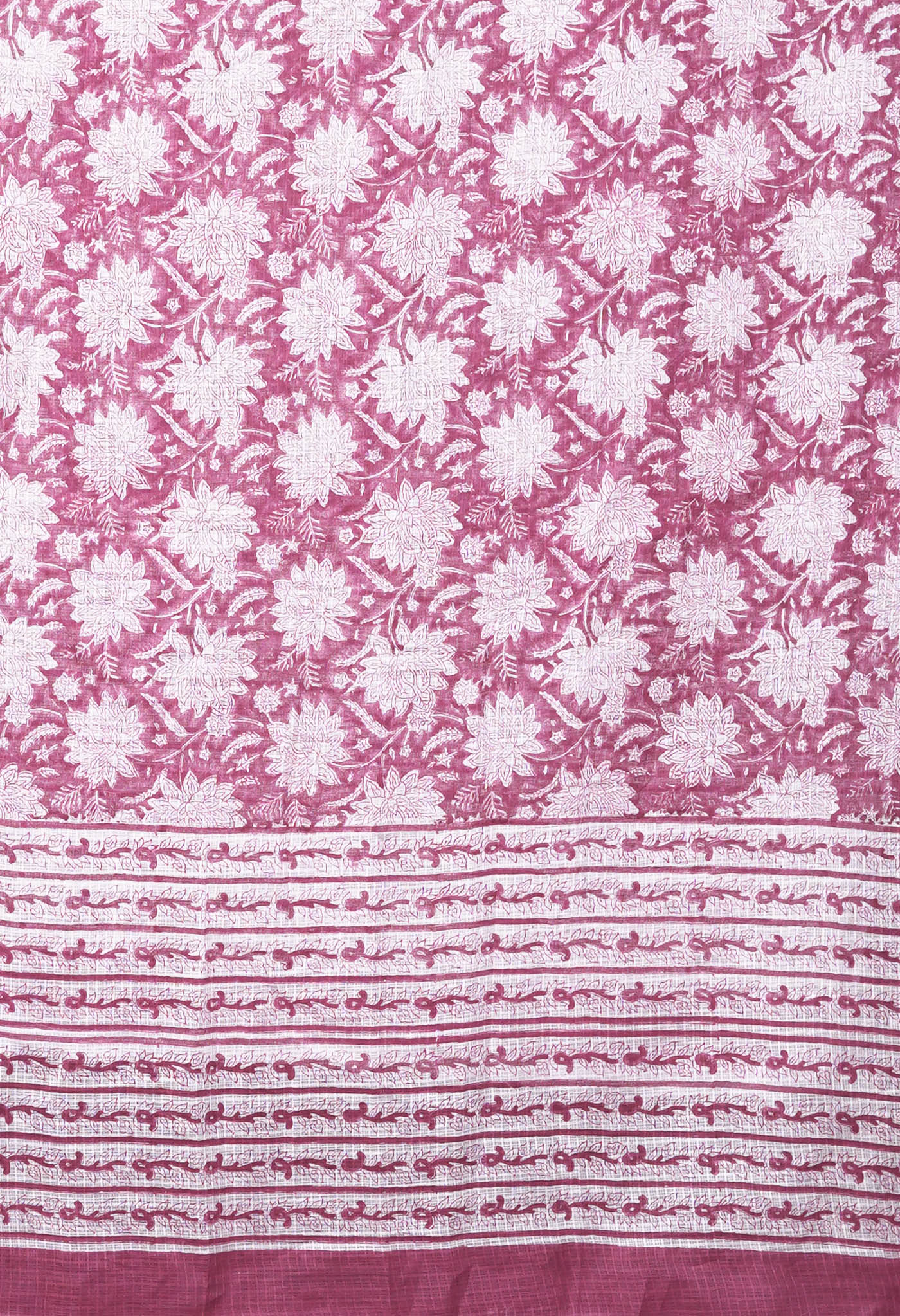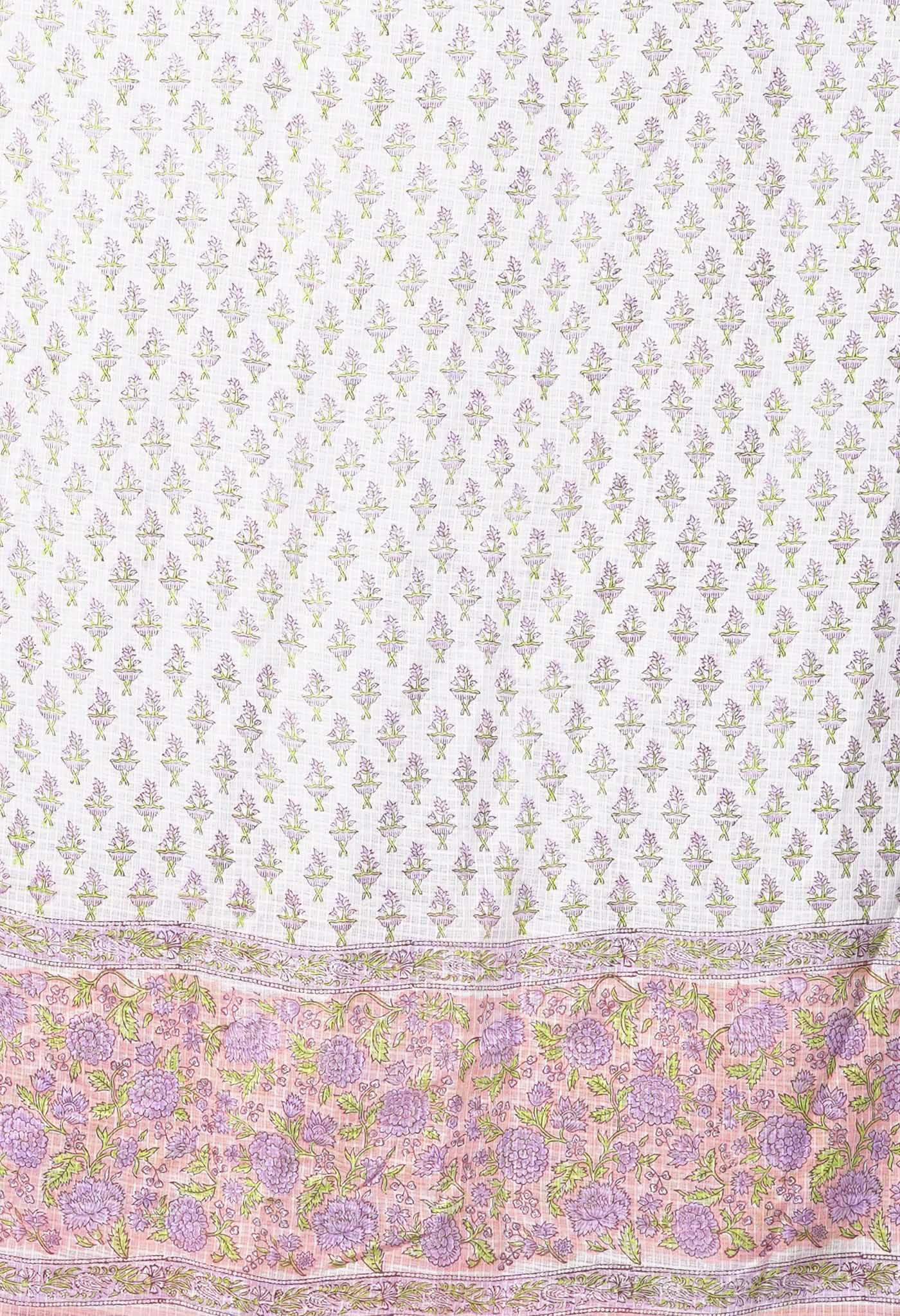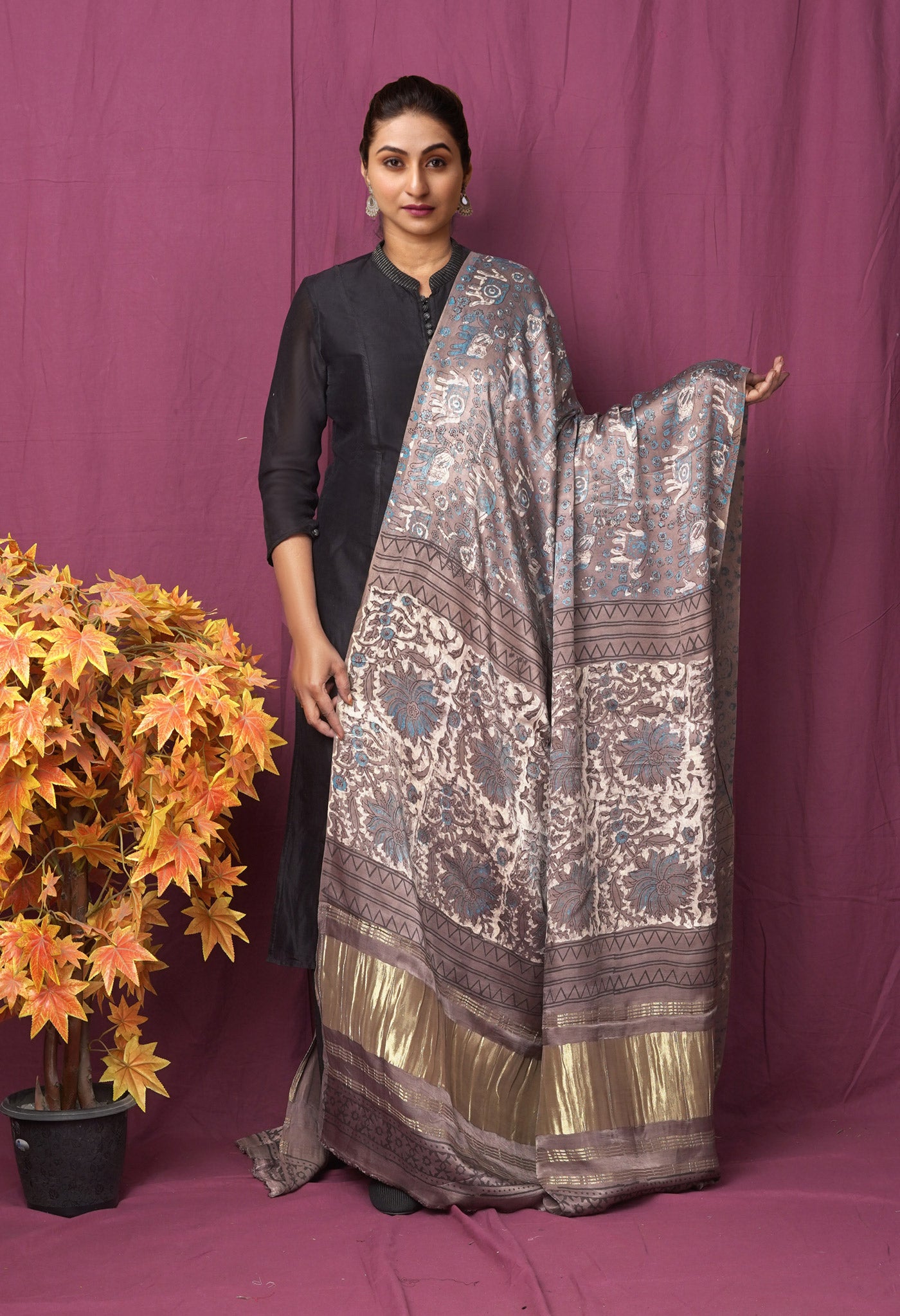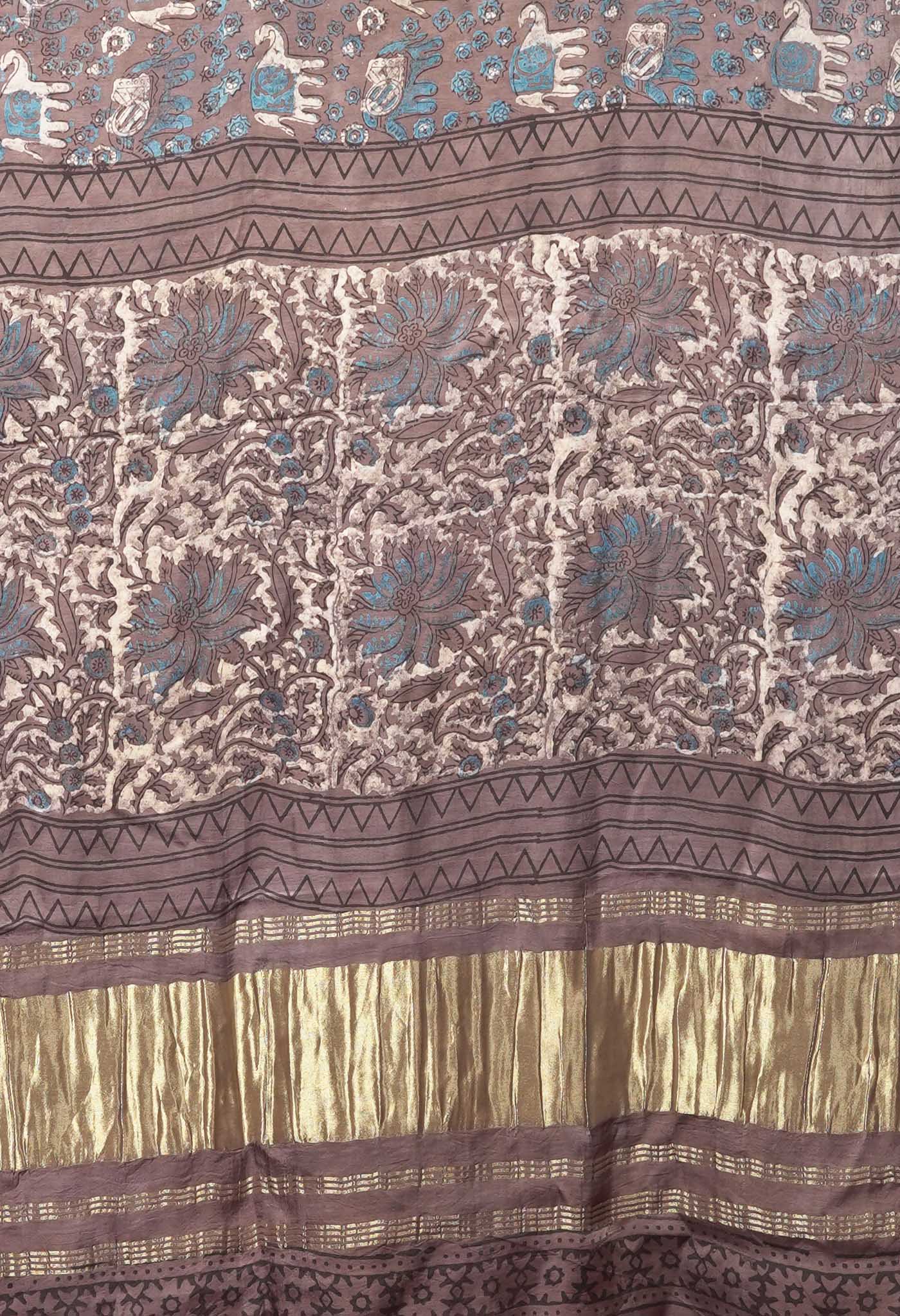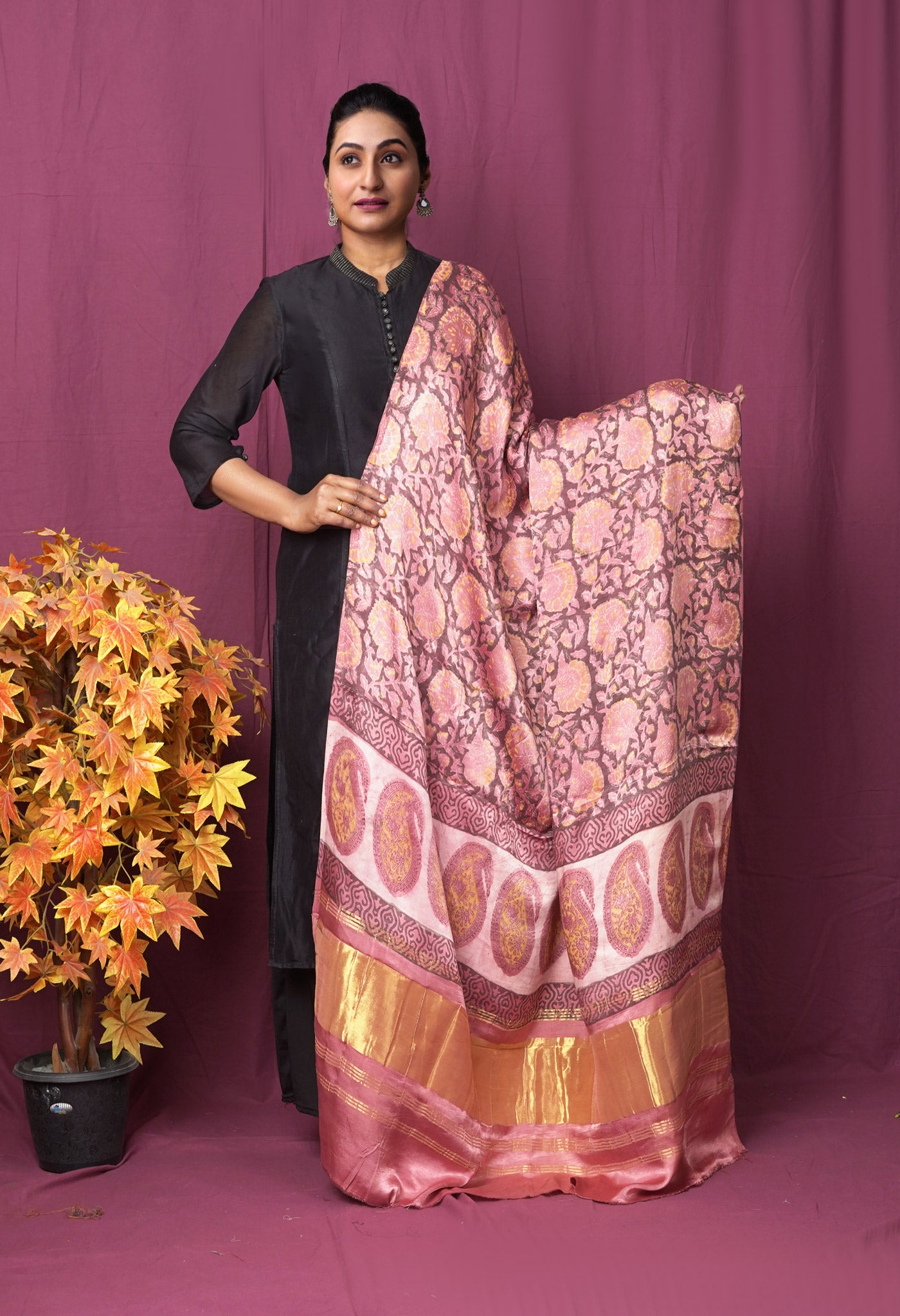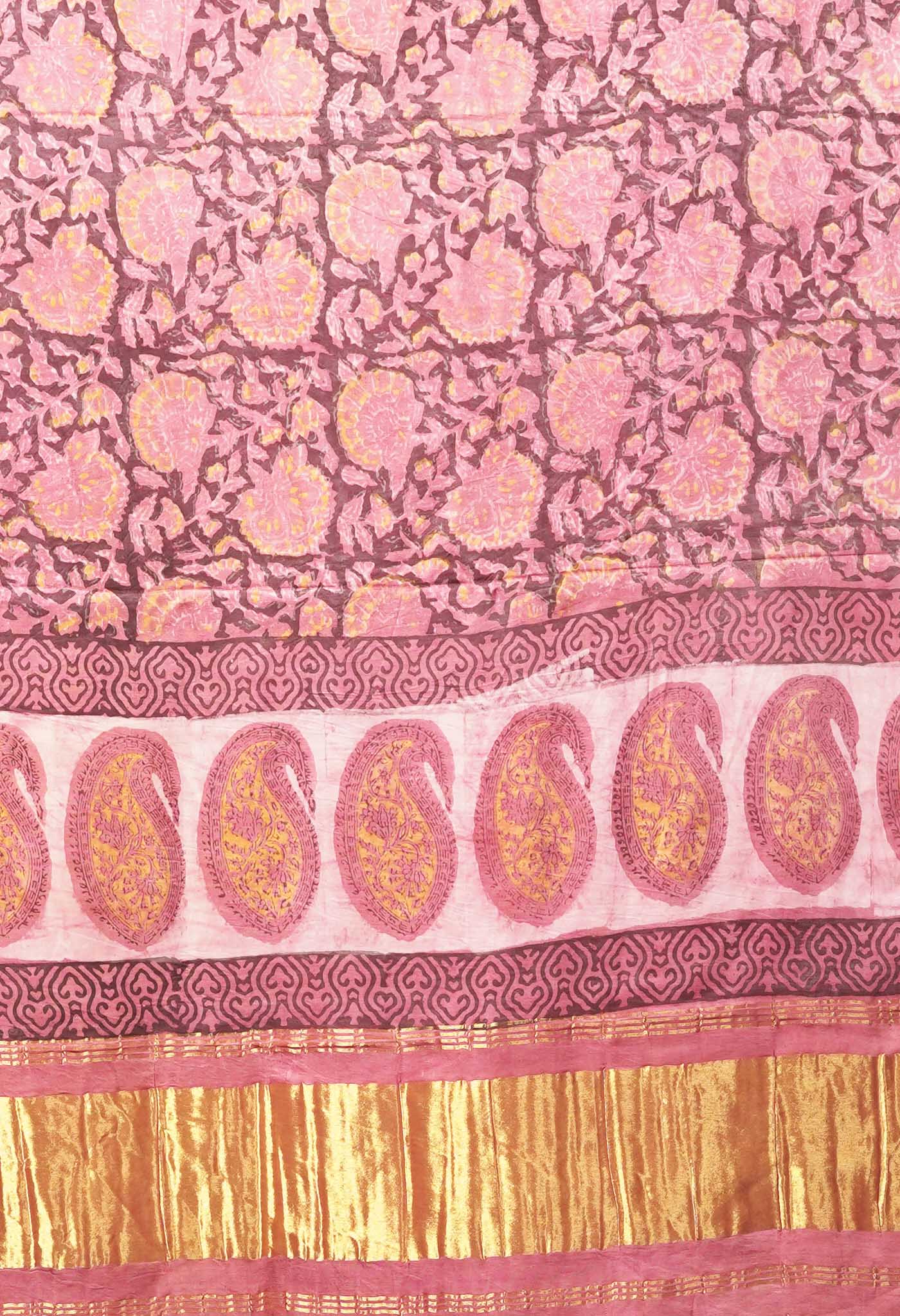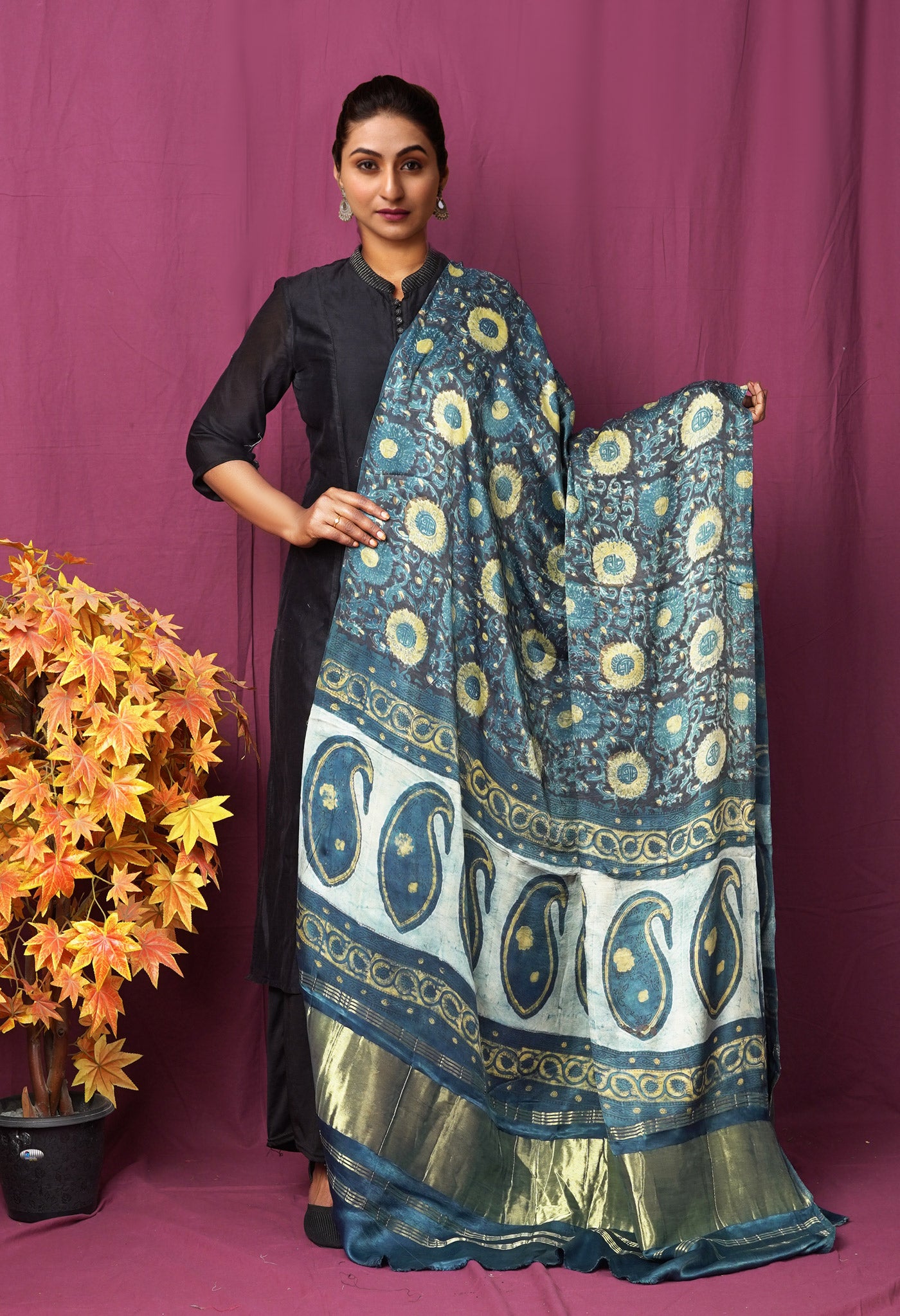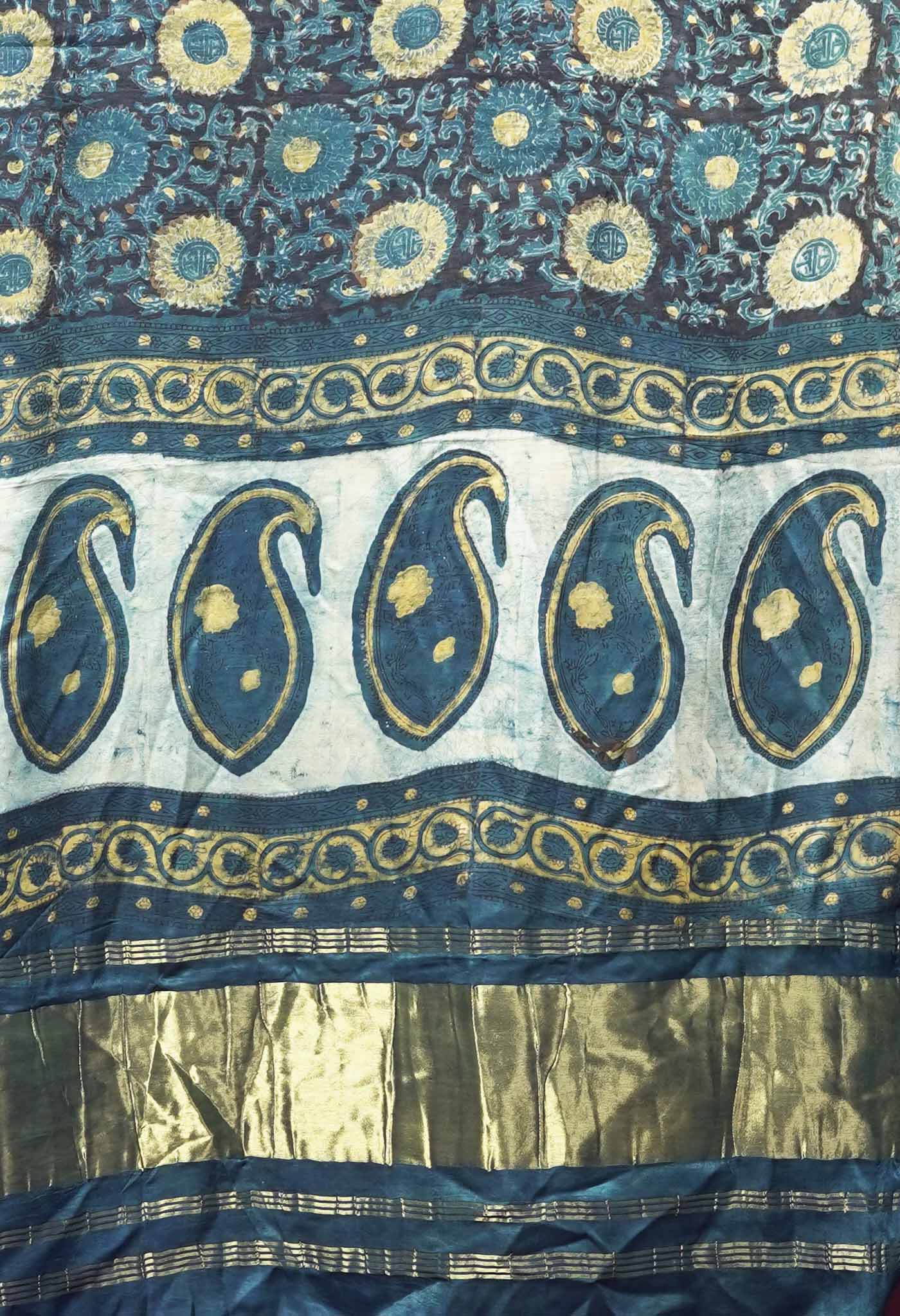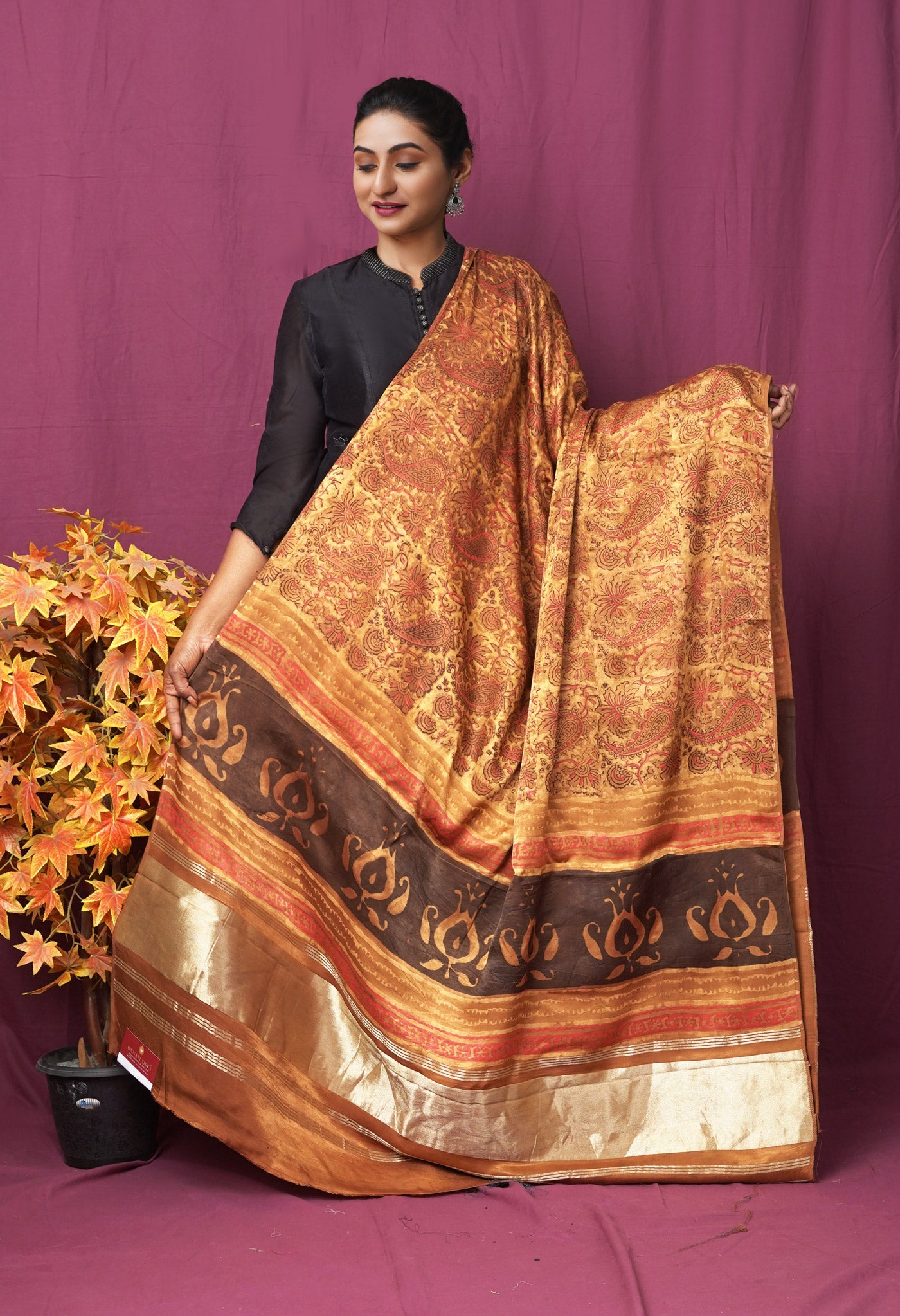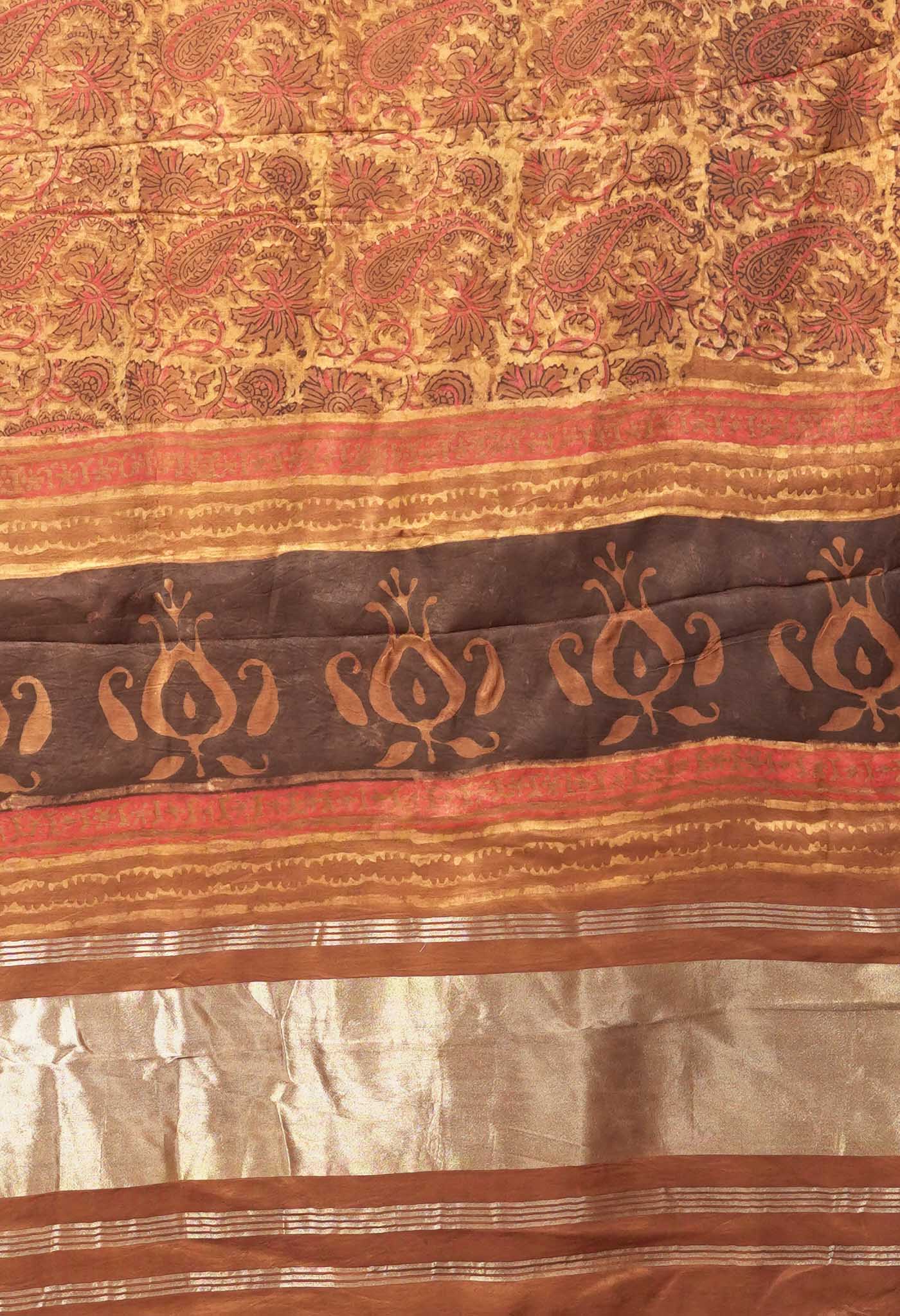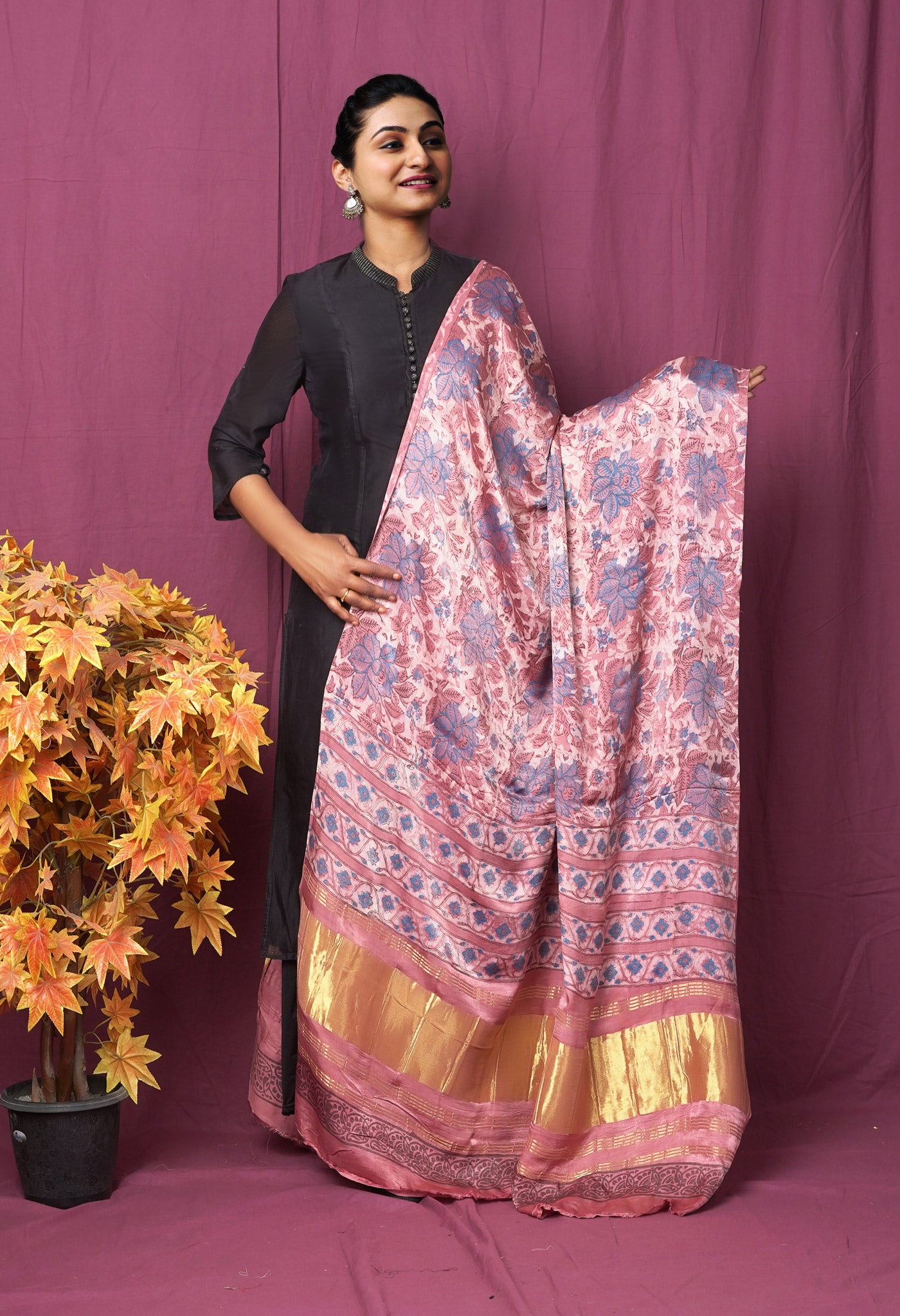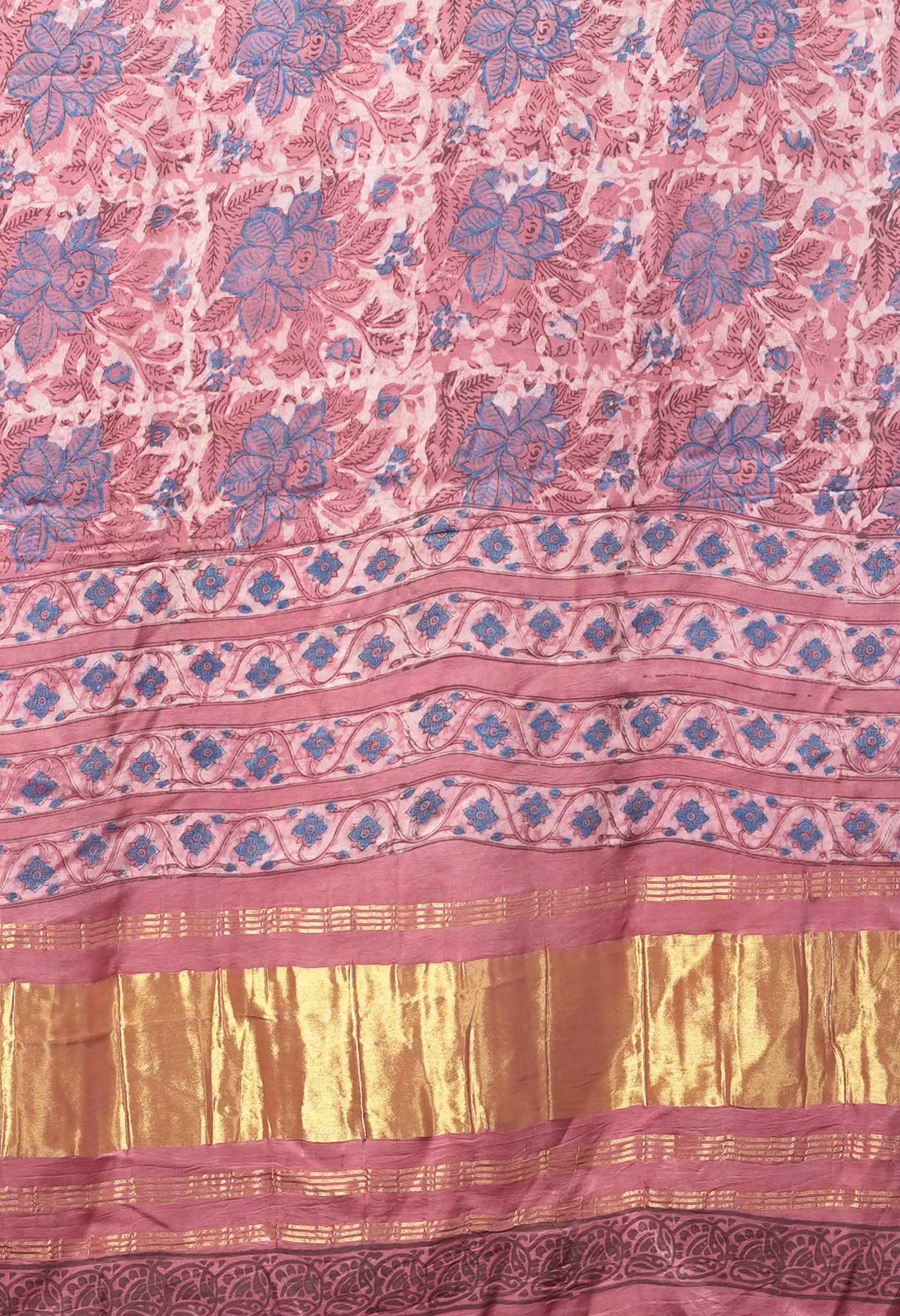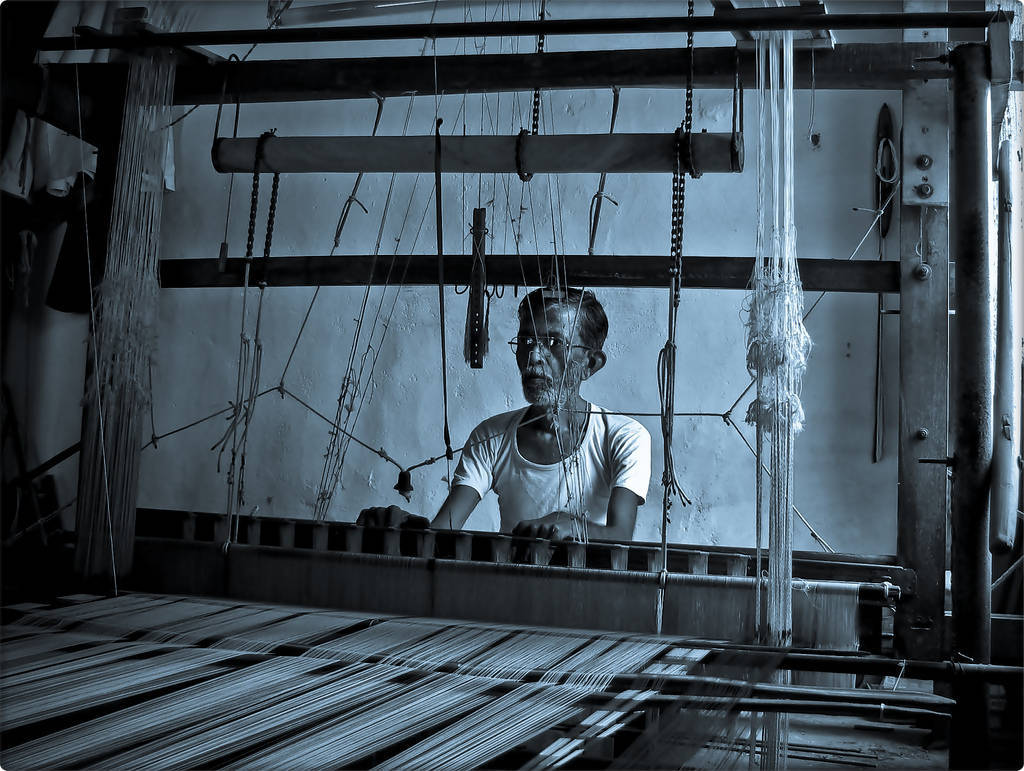
Geographical Indication (GI) - Boon to the weaving community
Geographical Indication is a registration or award of status concerning some item or goods specific to a region or area which receives the registration. This award protects the recipient from the misuse of the name of goods originally and traditionally used by the individual, location or area, from misuse by manufacturers of more recent and similar but spurious or inferior goods as compared to the original, by use of the name or laying false claim to the name.
the registration. This award protects the recipient from the misuse of the name of goods originally and traditionally used by the individual, location or area, from misuse by manufacturers of more recent and similar but spurious or inferior goods as compared to the original, by use of the name or laying false claim to the name.
It has come about from the WTO Agreement on Trade Related Aspects of Intellectual Rights (TRIPS) whose Article 22(1) states the award of Geographical Indication Status as “Indications which identify a good as originating in the territory of a member or a region or a locality in that territory, where a given quality, reputation or characteristic of the good is essentially attributable to its geographic origin.”
India as part of the World Trade Organization (WTO) enforced the Act of Geographical Indications of Goods (Registration and Protection) Act, 1999 from 15th Sept.’ 2003.
Since then at least 184 more have registered for the GI label. The award of GI status or tag ensures for its beneficiary, the sole or exclusive use of the popular name of the product only for its original goods as defined in the GI award and no other falling outside its purview.
GI is a boon especially for the various pockets or locations of traditional handloom weaving styles for fabrics like the saree across the country.
Let us see the advantages in having GI status.
1) GI status gives legal protection to the awarded and severe penalties to the offenders
This legal backing has bolstered up the spirits of the traditional weaving community which had seen very bad days of entire families and very many skilled craftsman, bowing to the pressures of such spurious goods flooding the market, and leaving to join other occupations on account of their products not being sold and leading a hand-to-mouth existence.
2) Market confidence has been restored.
Buyers of traditional or ethnic goods had bad experiences when they discovered that the goods or products bought had no heirloom value. That too after paying a hefty price. This slowed down the market and spurious goods because of being cheaper sold better despite having no meritorious claim in quality, solely on account of the lack of legal backing or any other recourse to stop this misuse of name and claim of originality.
3) GI offers a guarantee for the original goods to the local market and export market as well.
Bad experiences which had led to a slowdown in the local market became a thing of the past. The new measure reversed the situation and the confidence of getting original goods was restored since the market otherwise was finding it difficult to confidently distinguish original from inferior or duplicate. This measure became a confidence booster for exports to re-commence which at one time had come to a standstill.
4) Downward slump reversed to upward swing.
Weavers who had left for other occupations returned in large numbers to once again devote their efforts and skills to continue doing what they knew best and with decent livelihood assured. This was across pan-India and in most traditional styles prevalent in India. Automatically the market, for handloom fabrics of traditional styles, picked up, and, are doing fairly well now.
There is a positive air to the reversal which augurs of better things to come.

